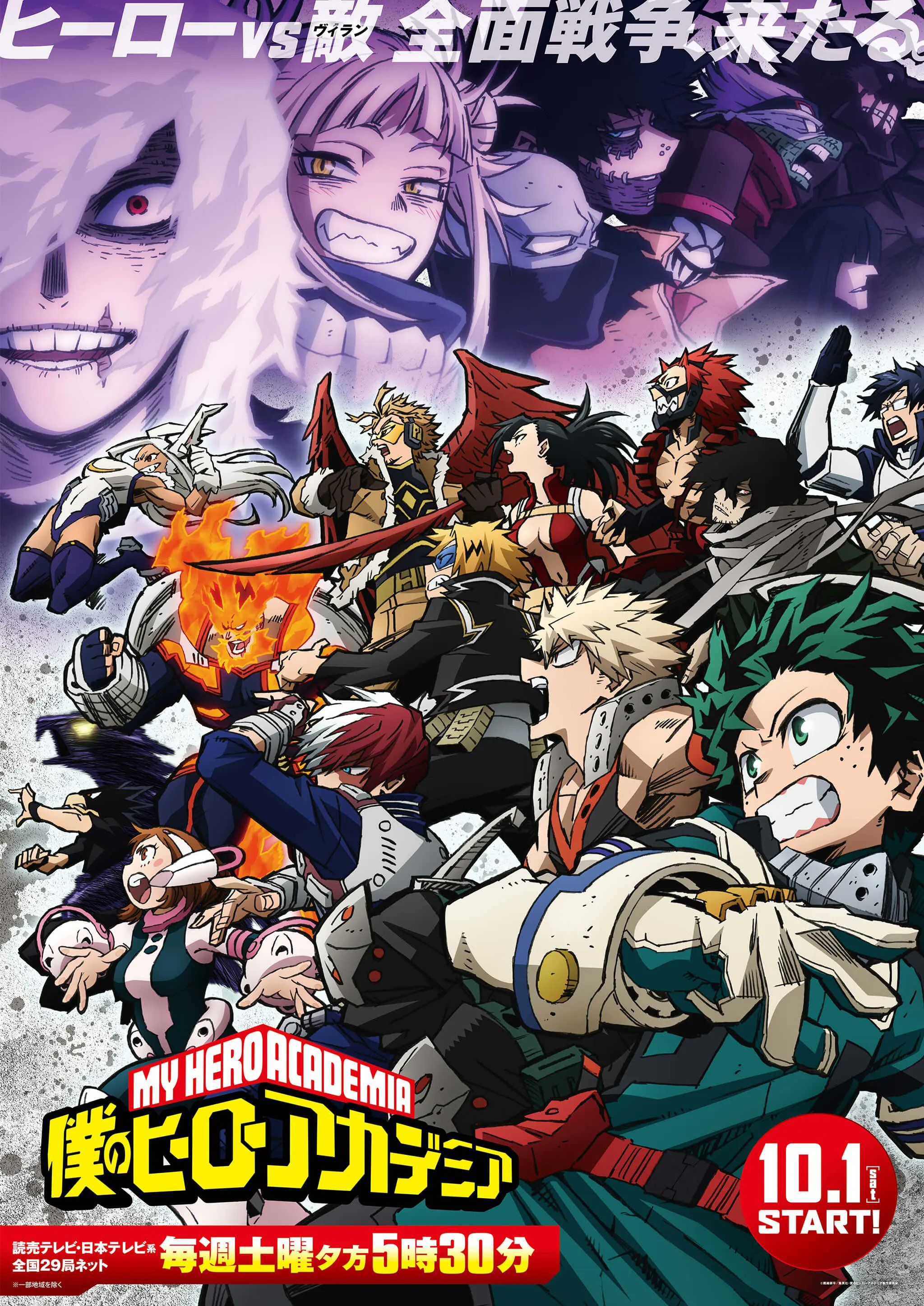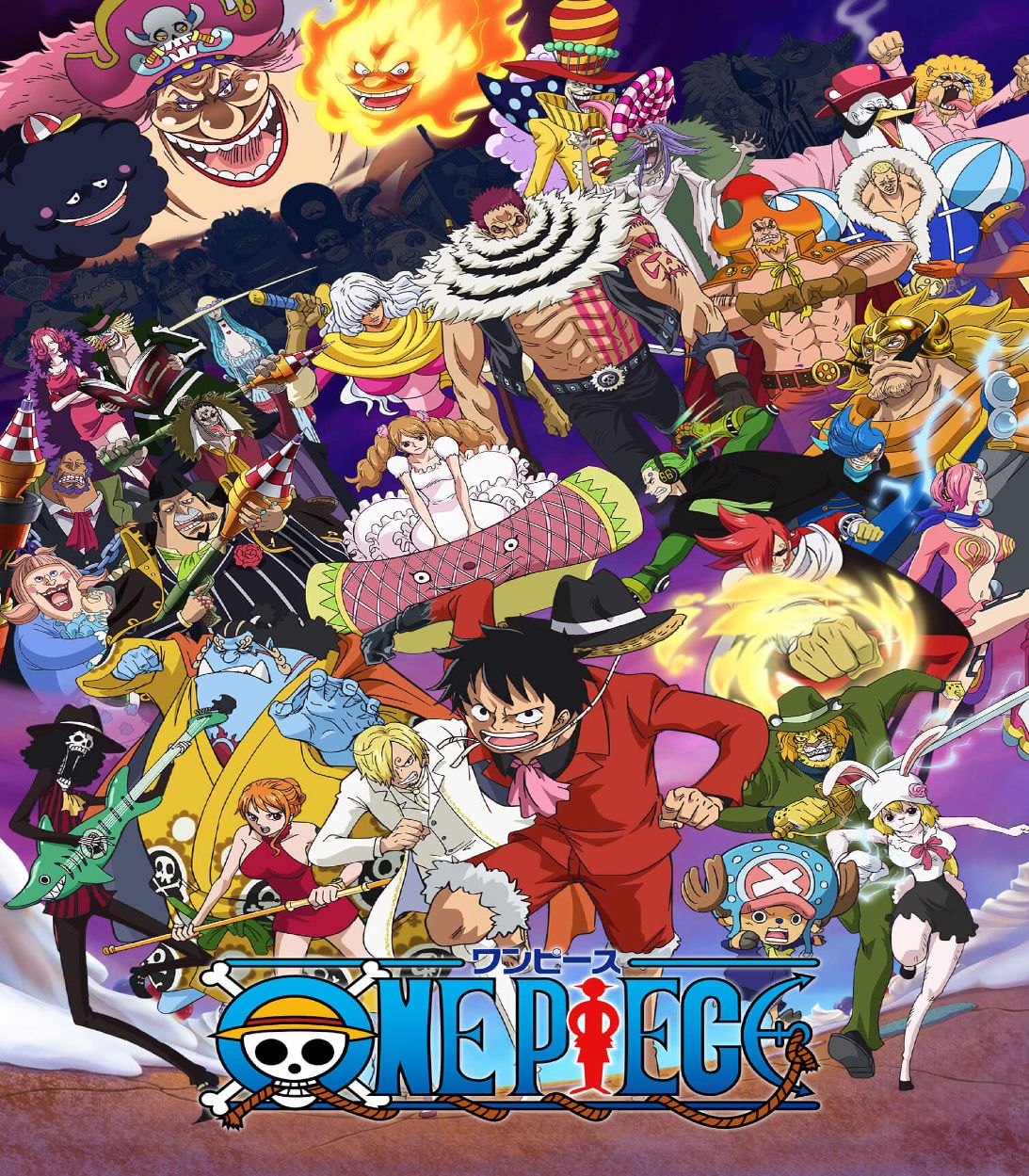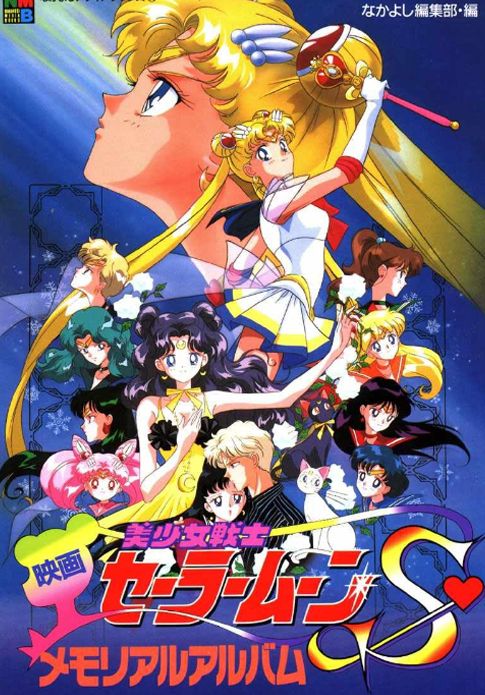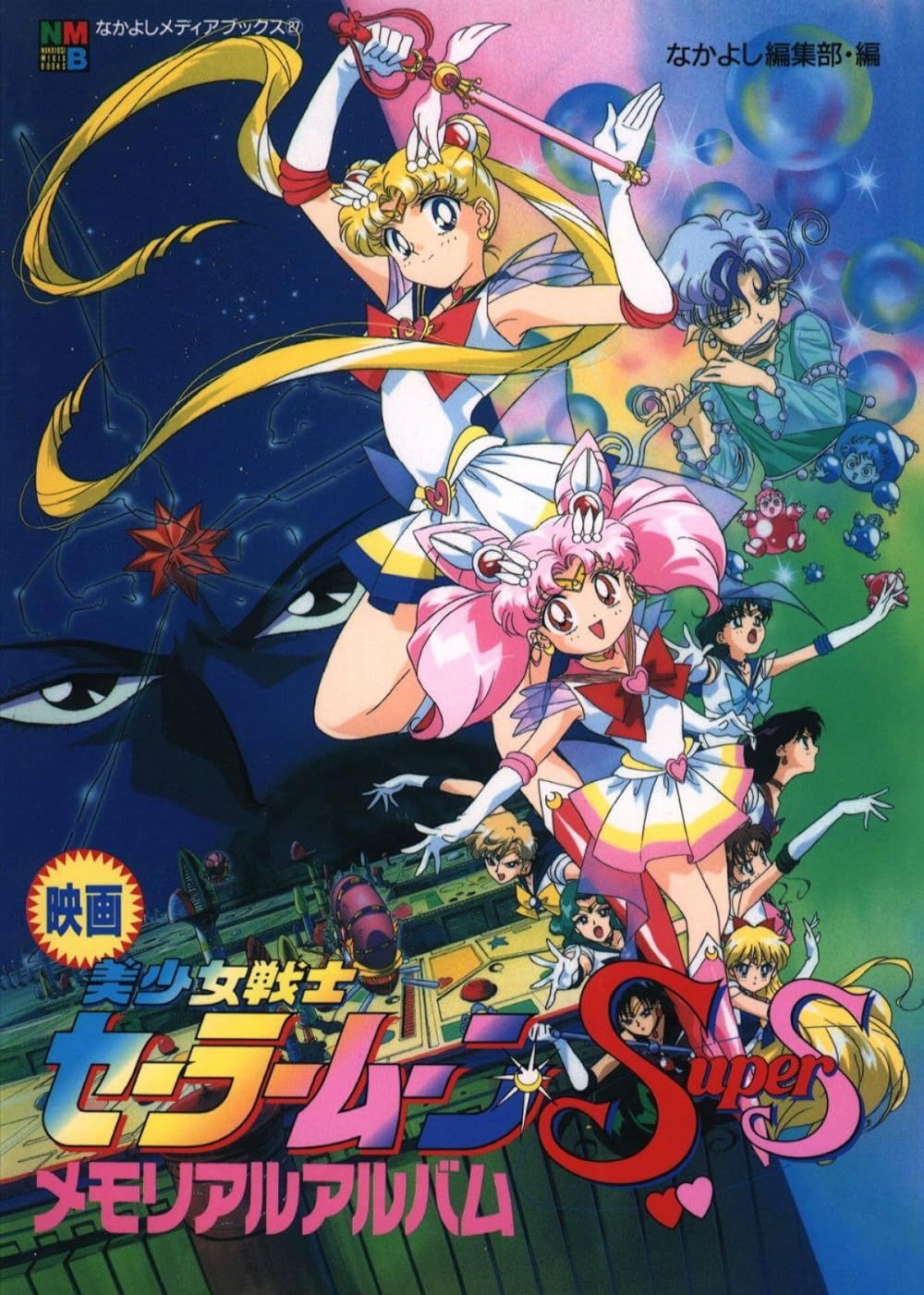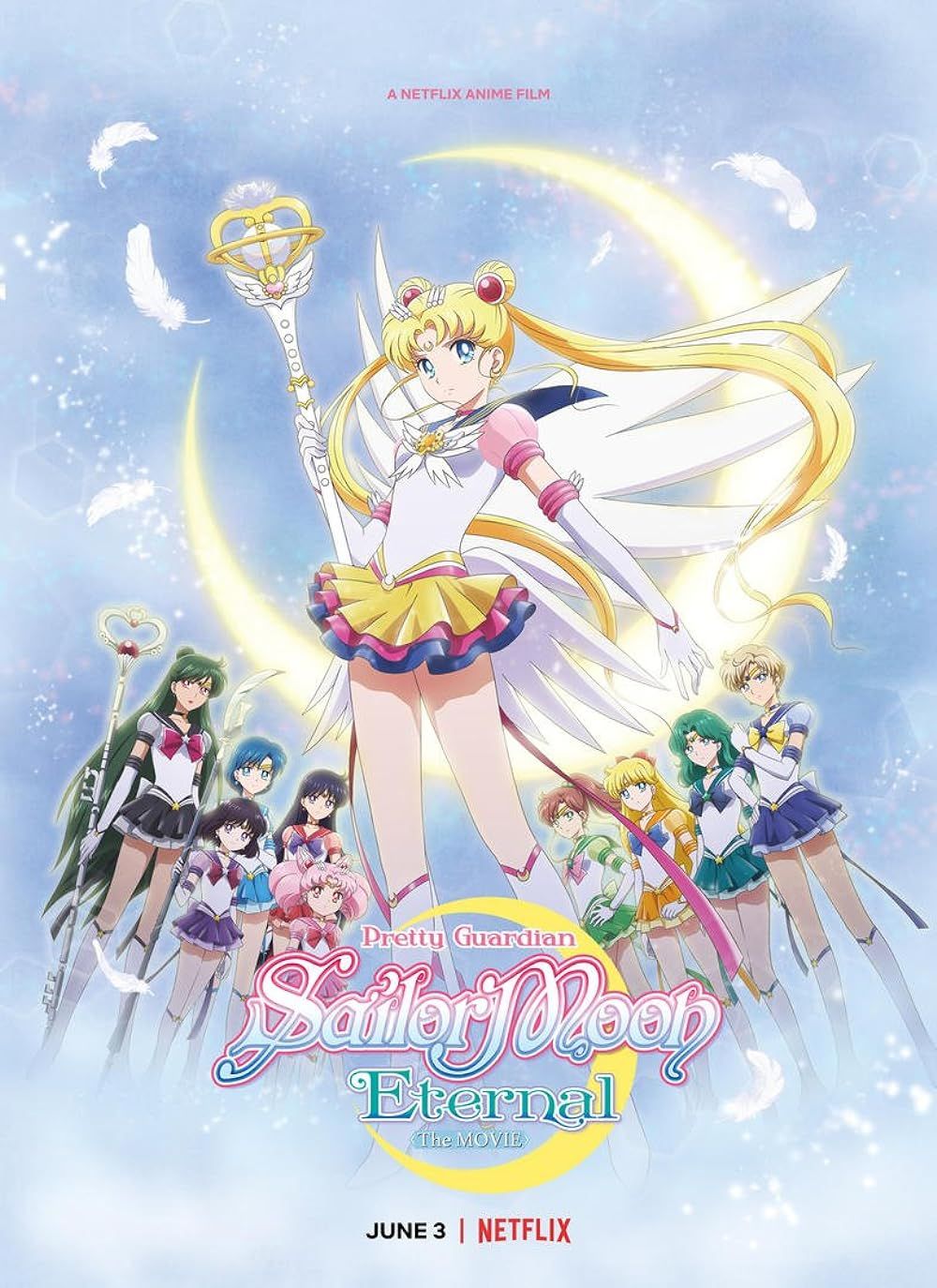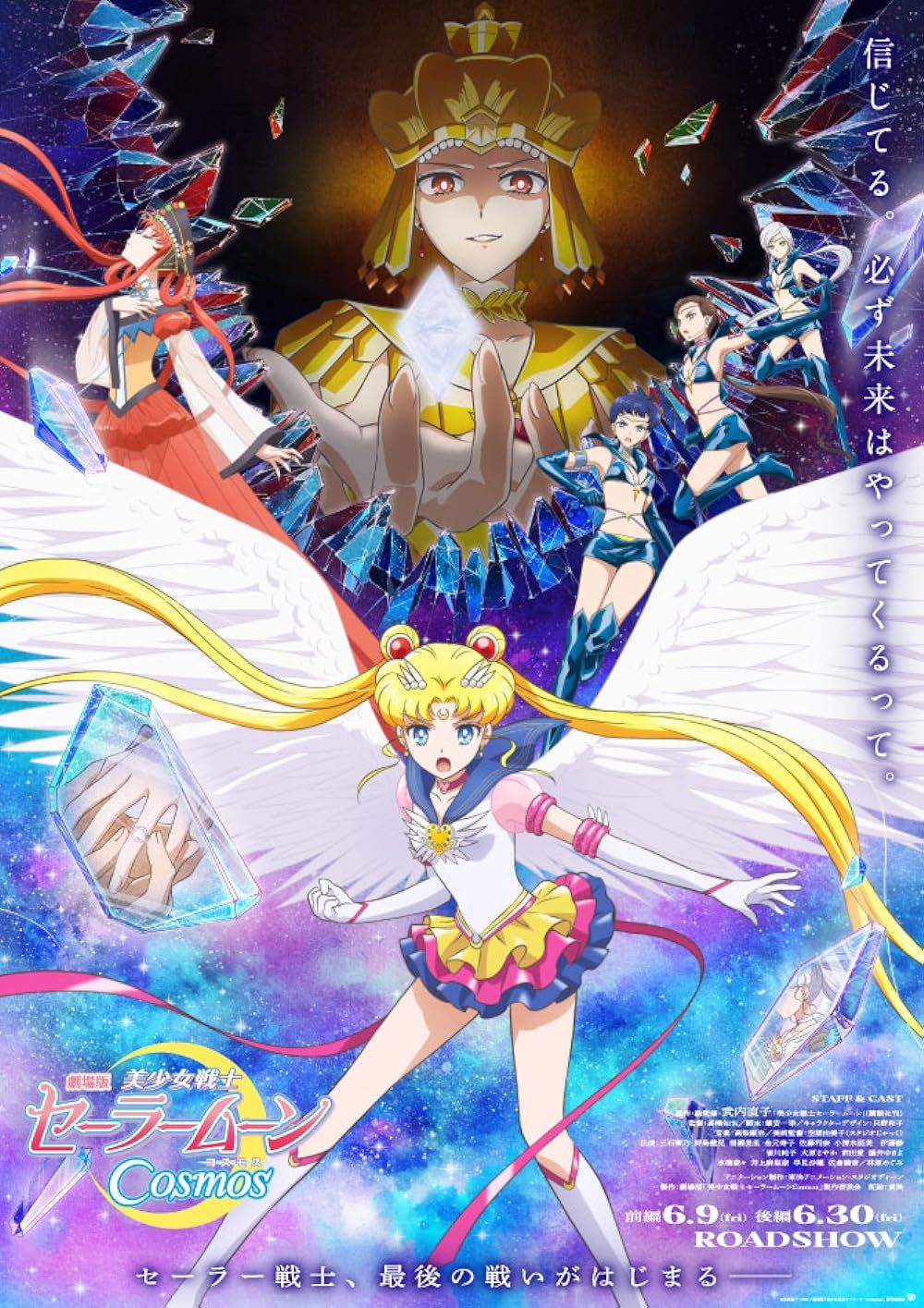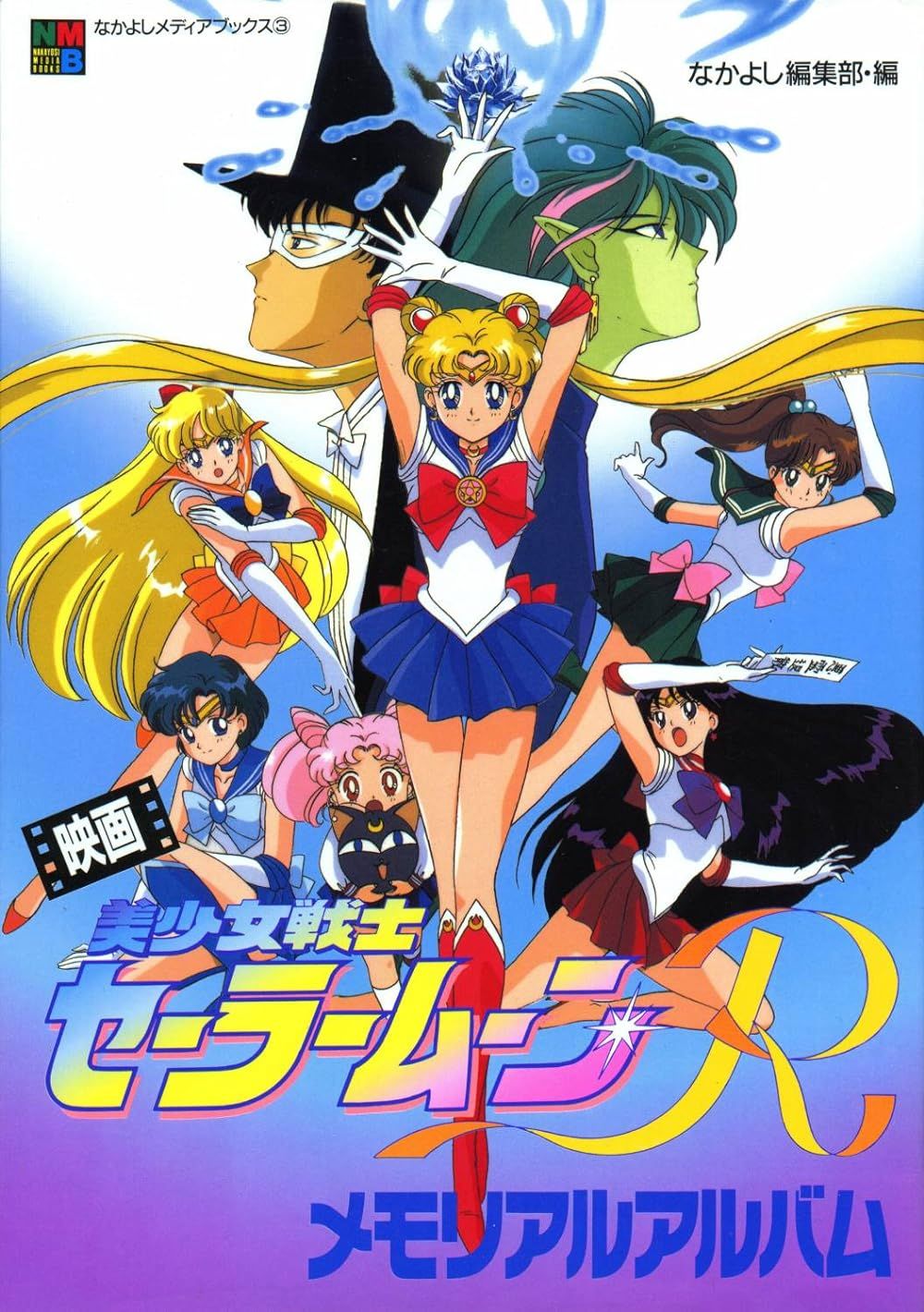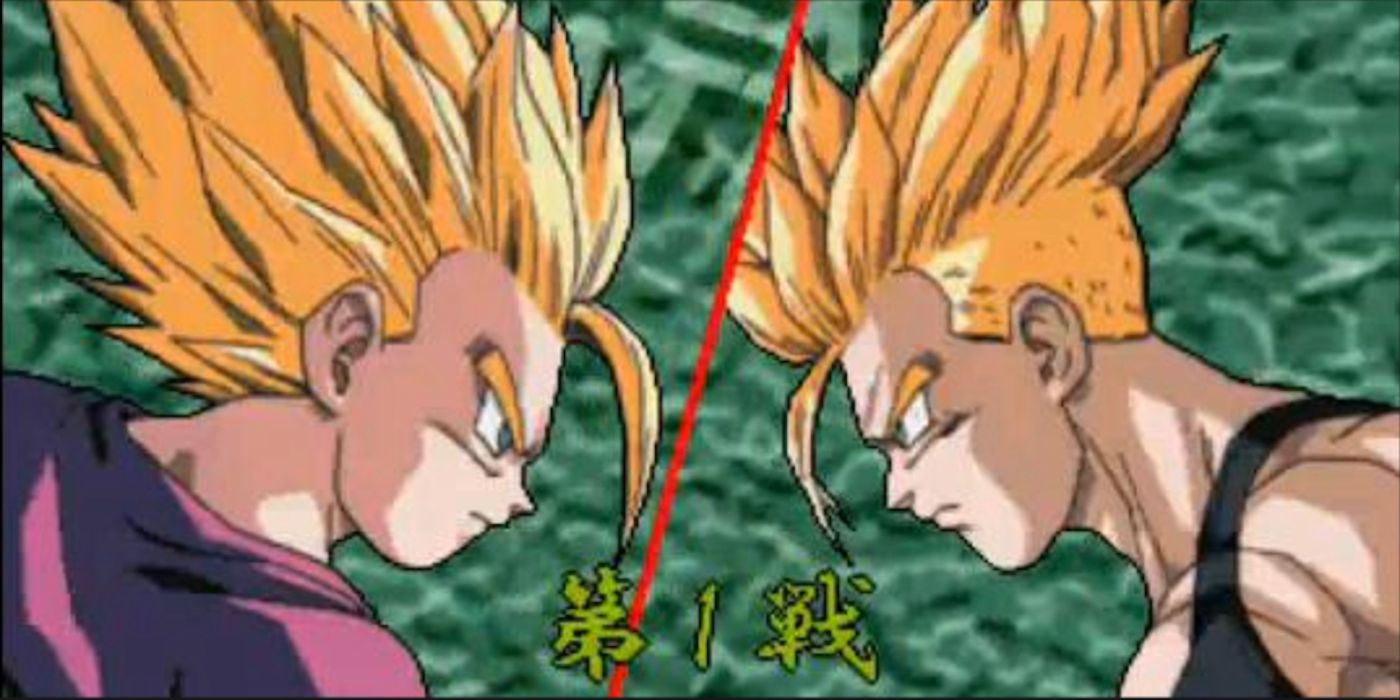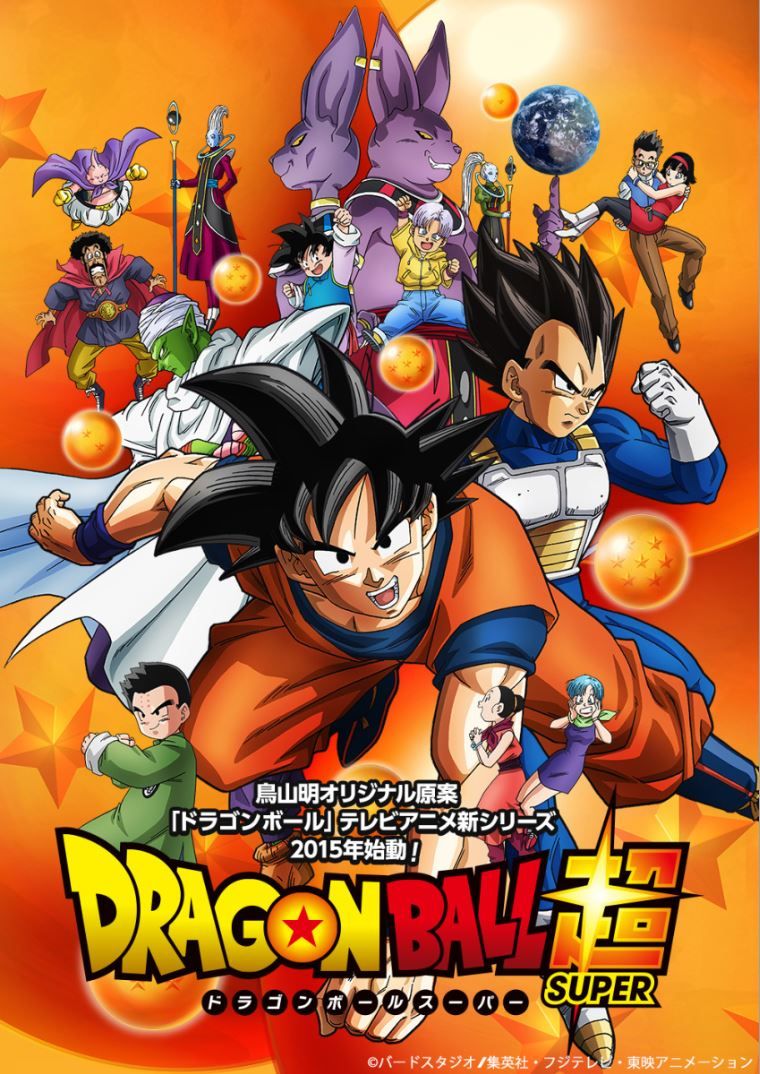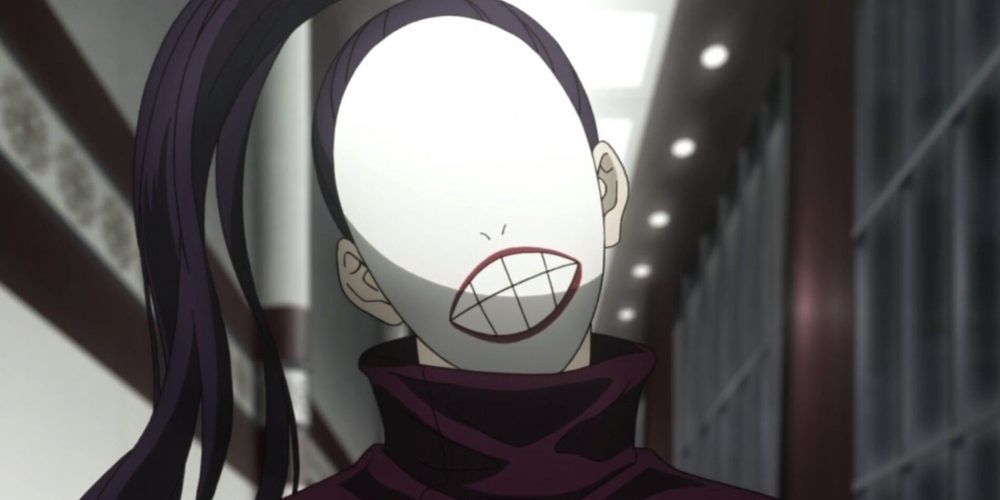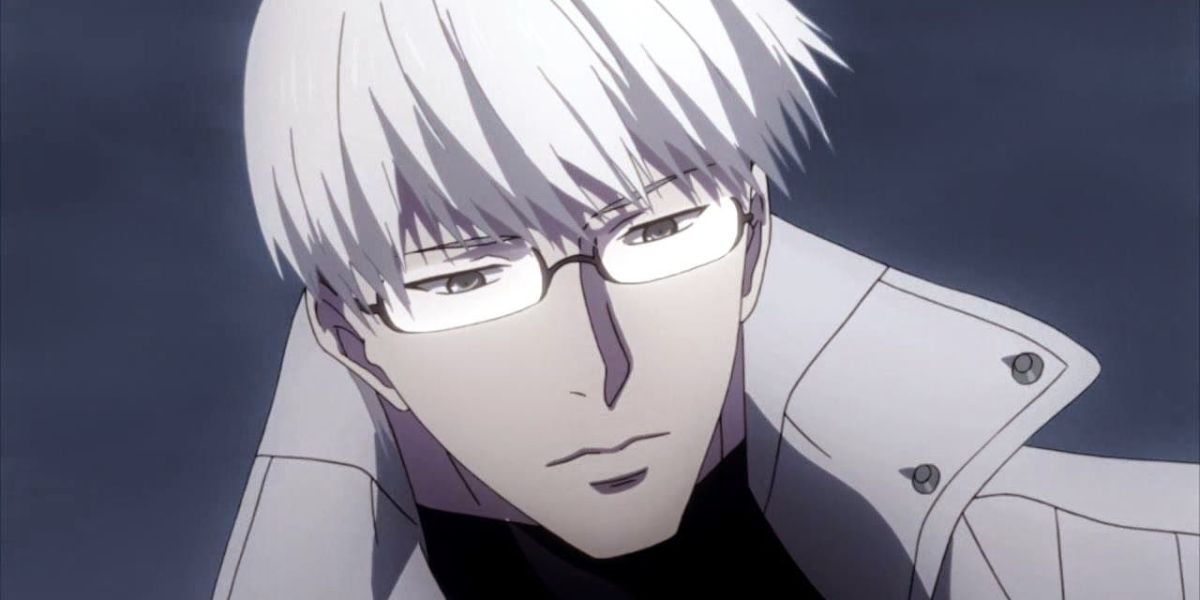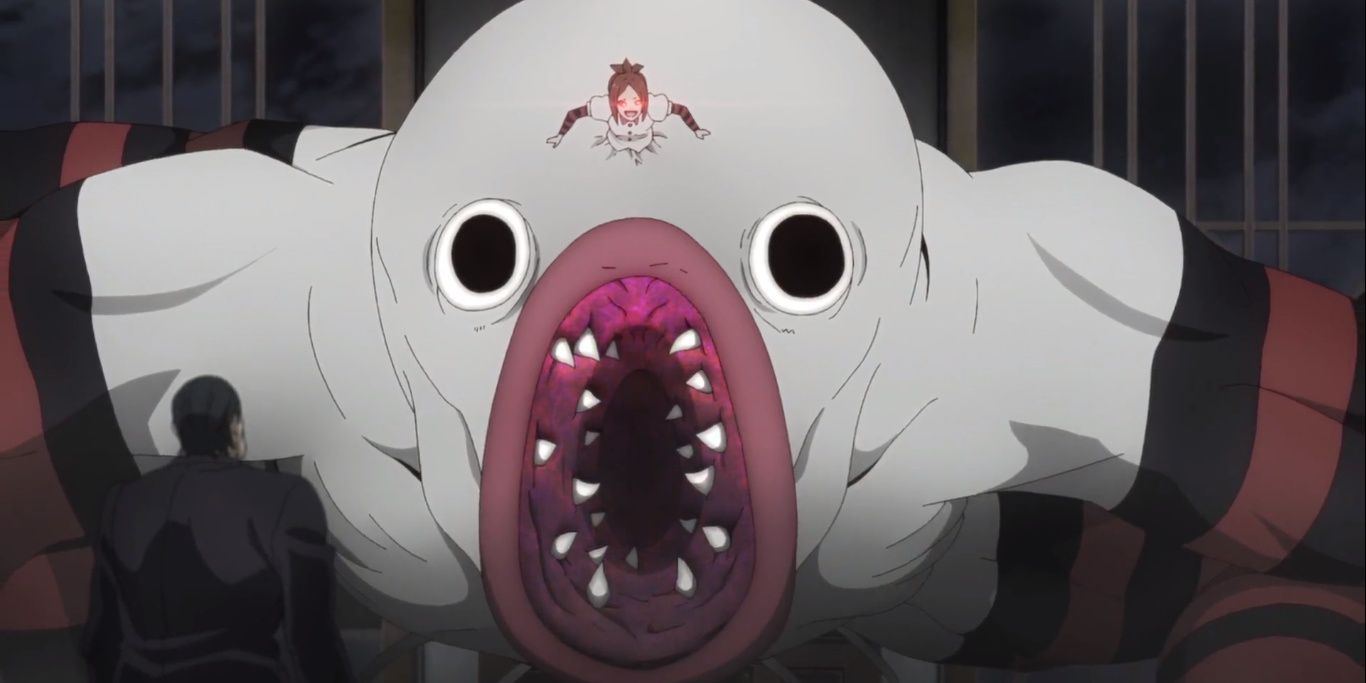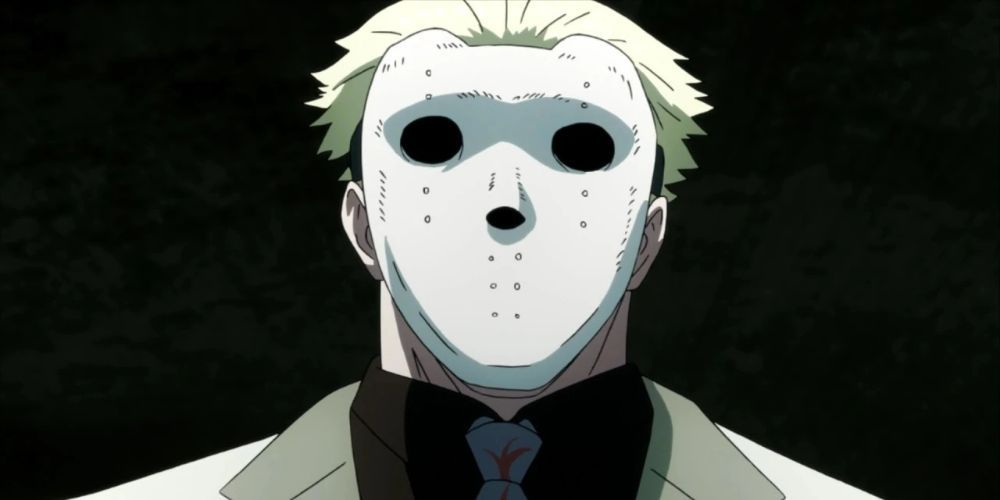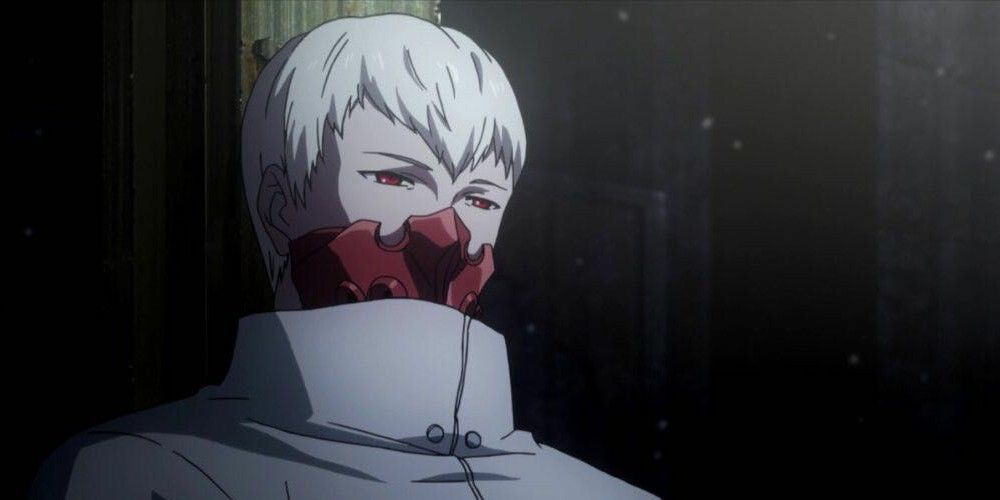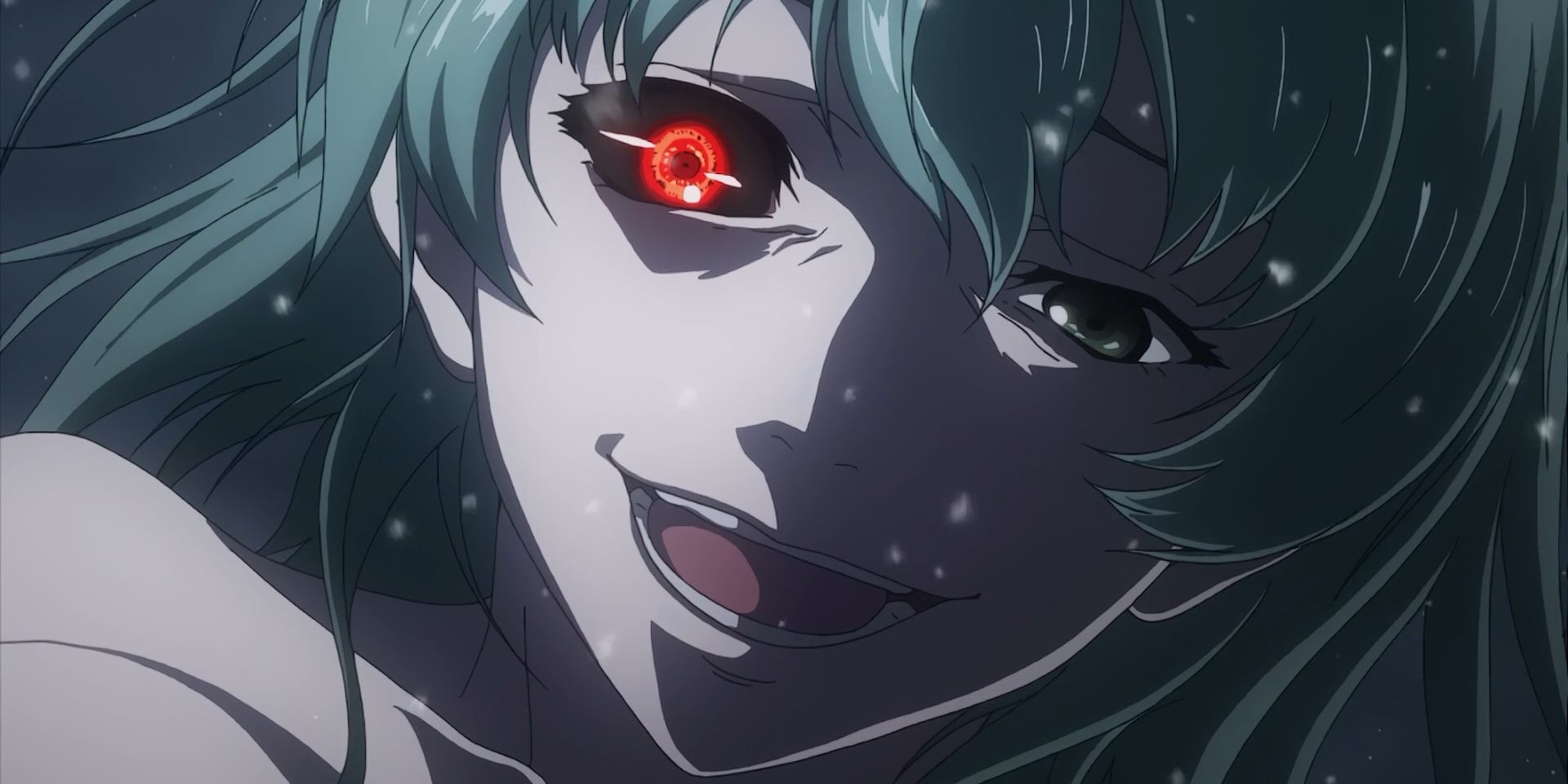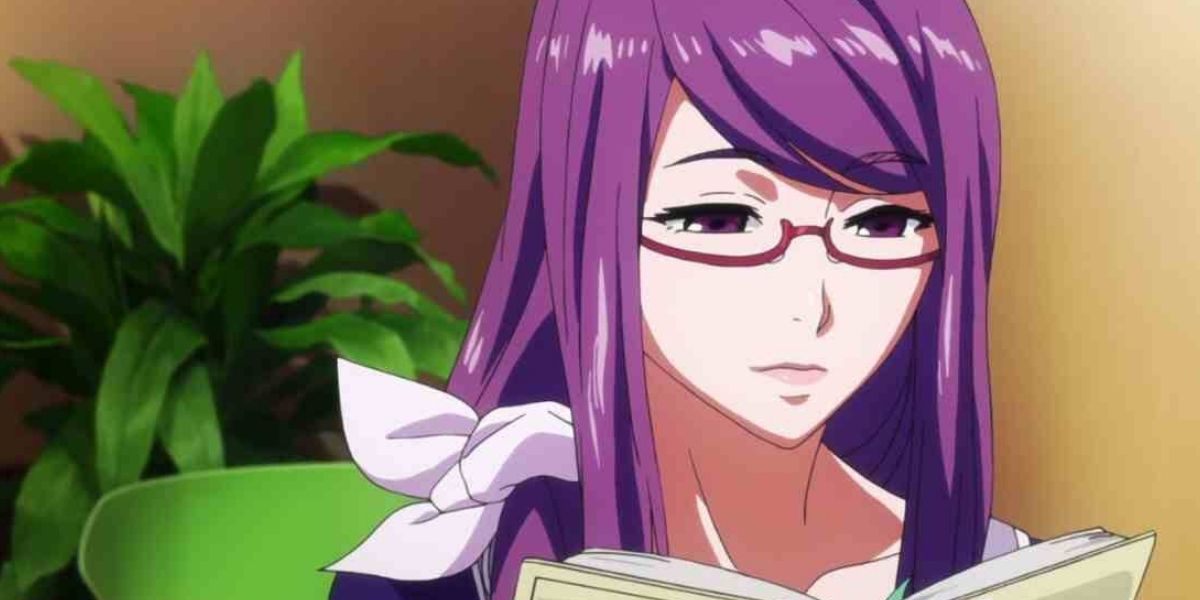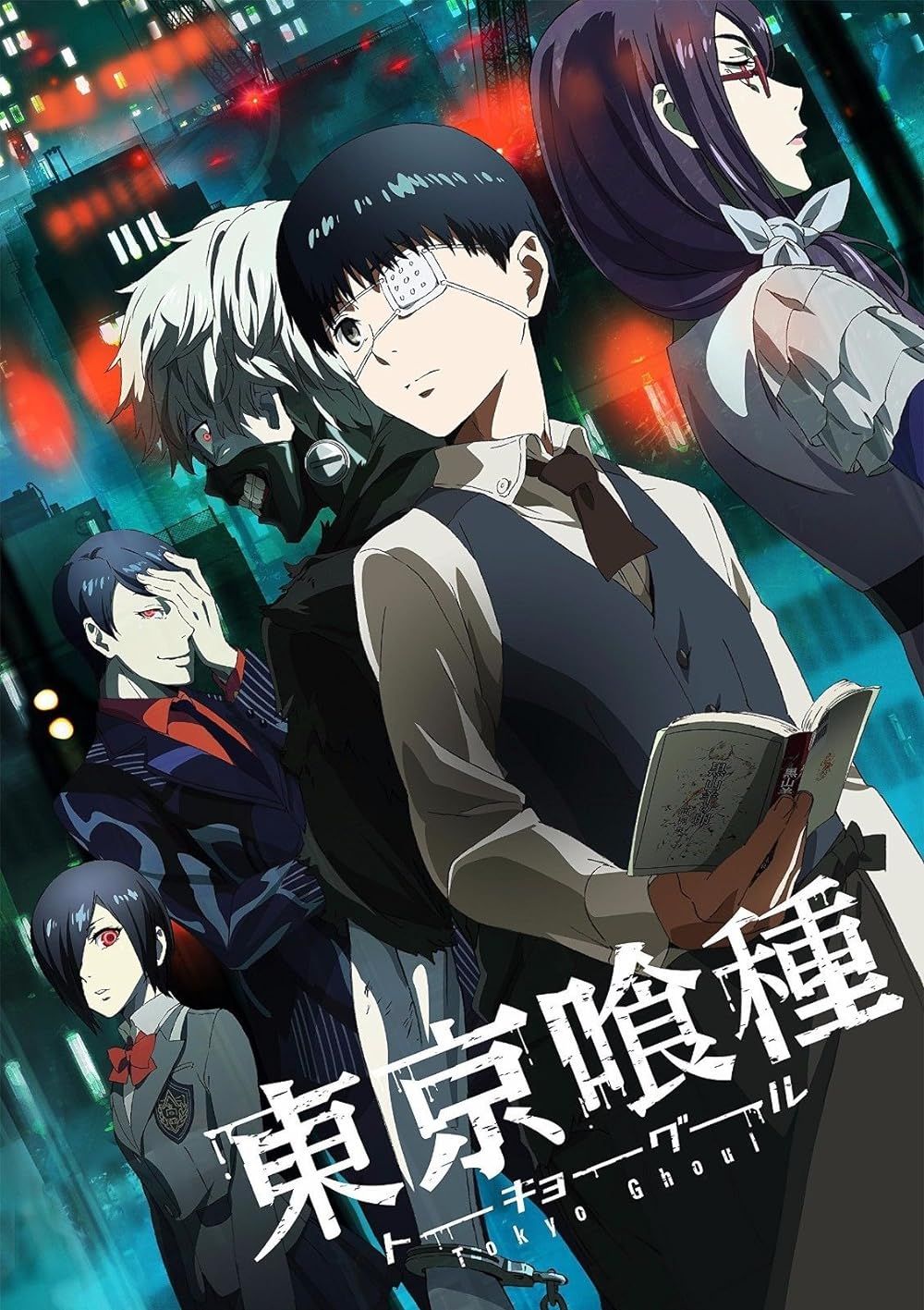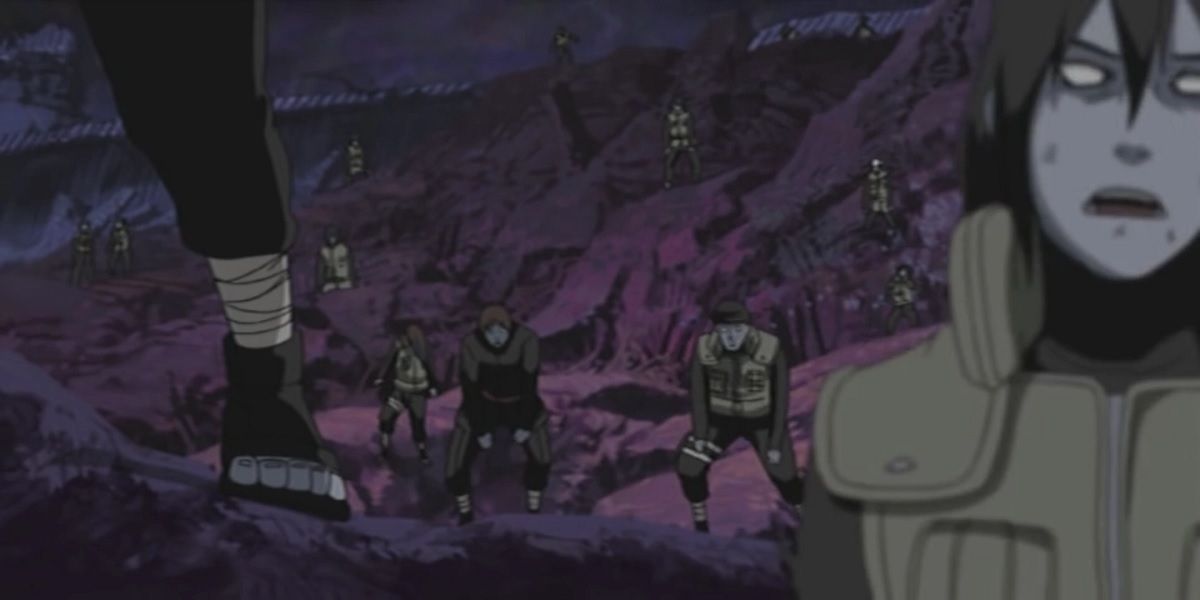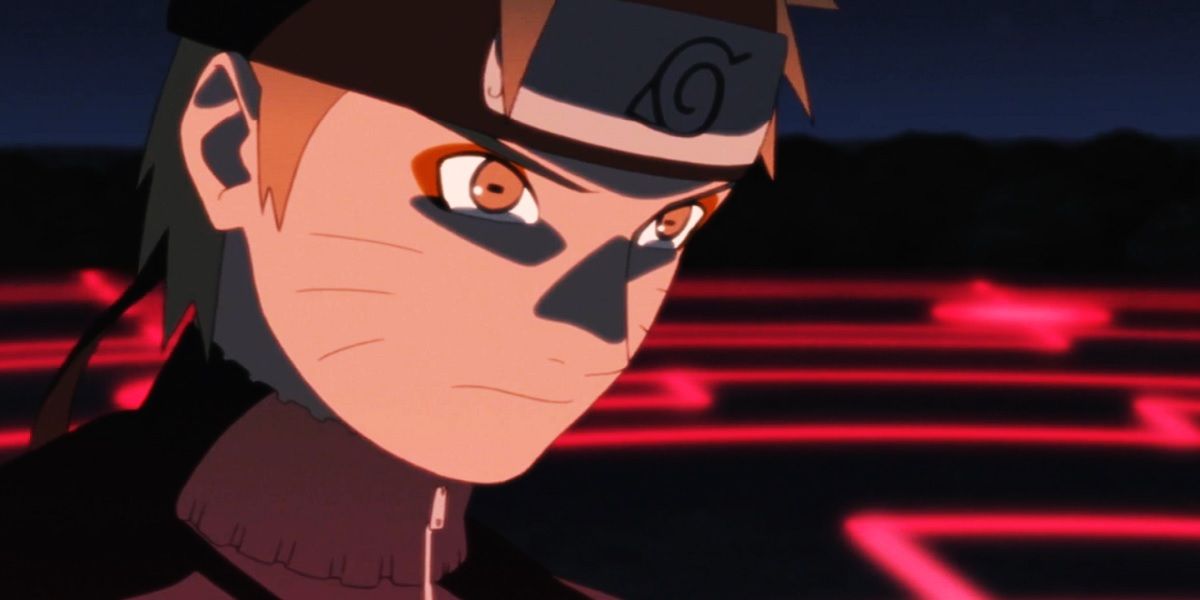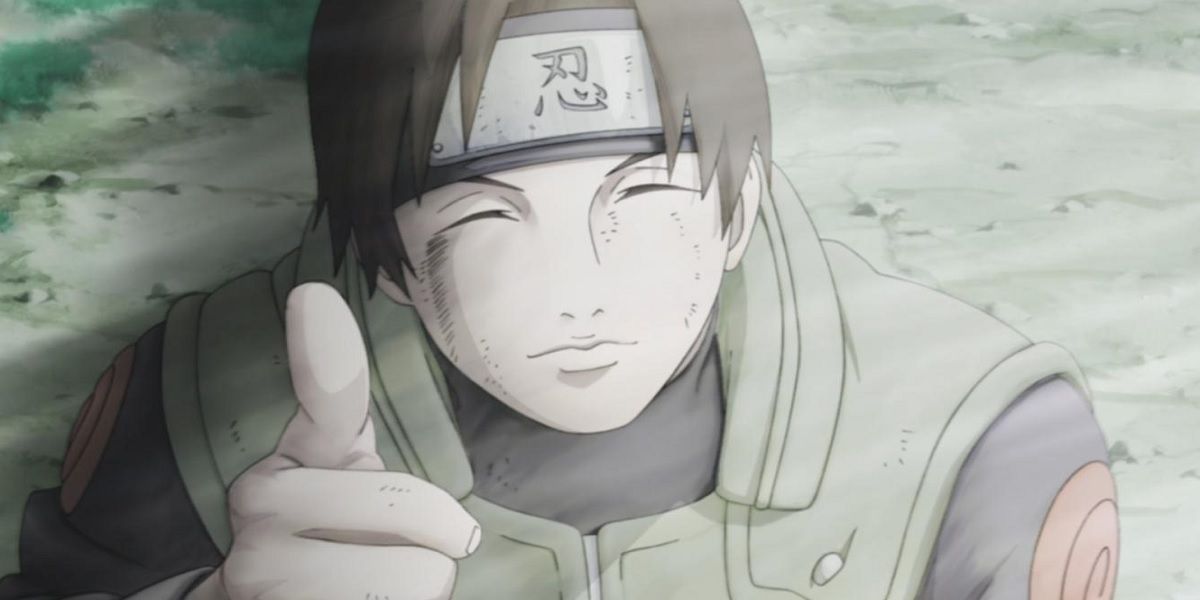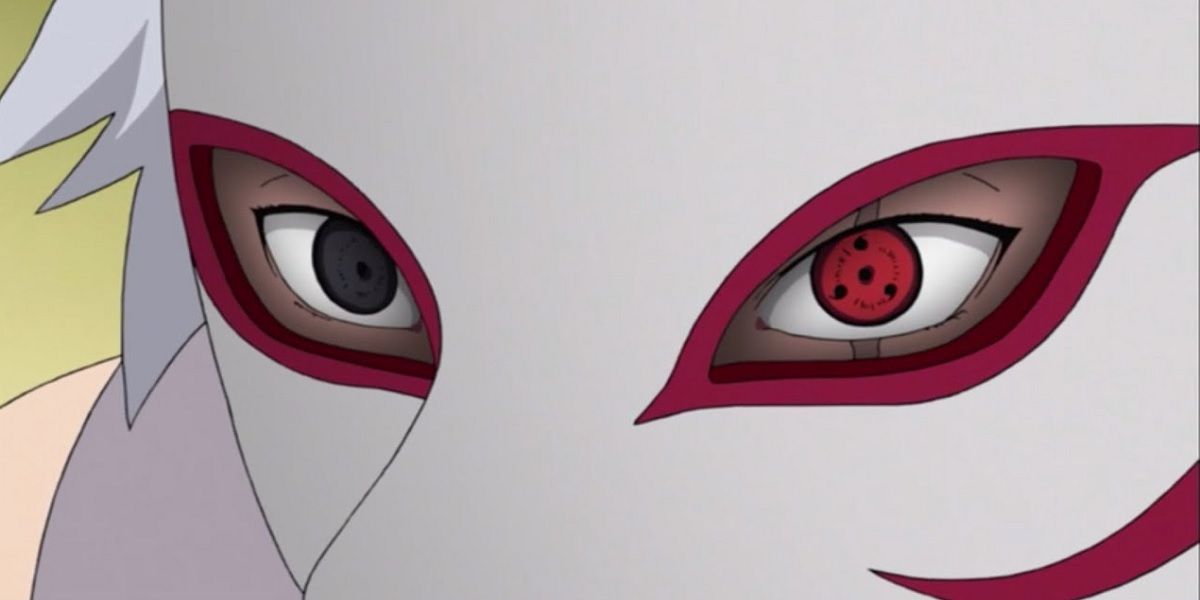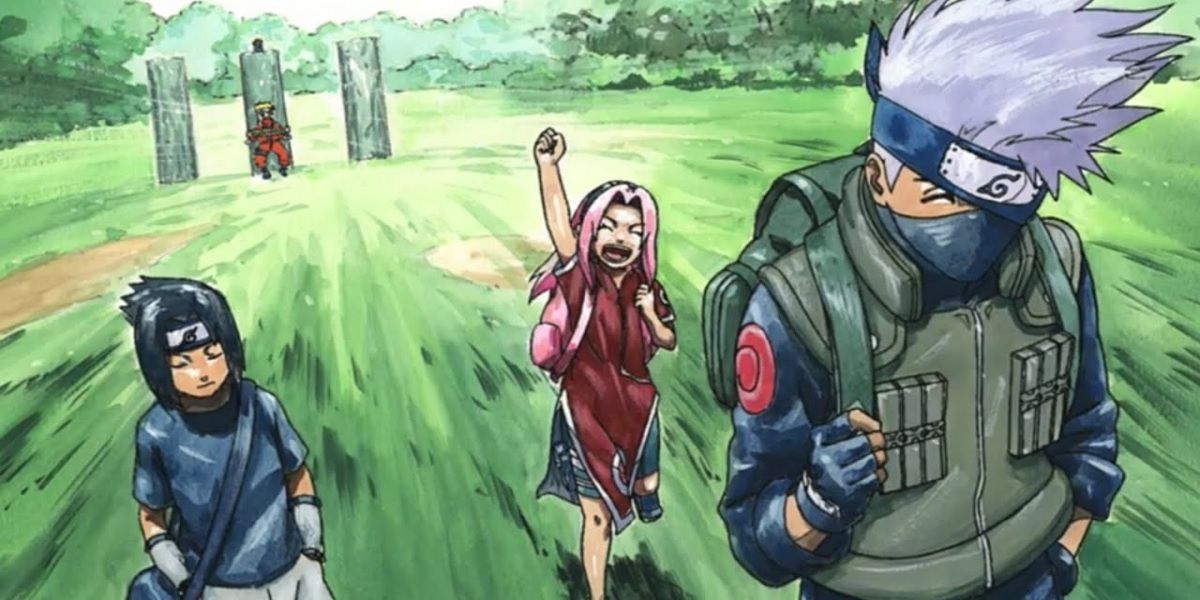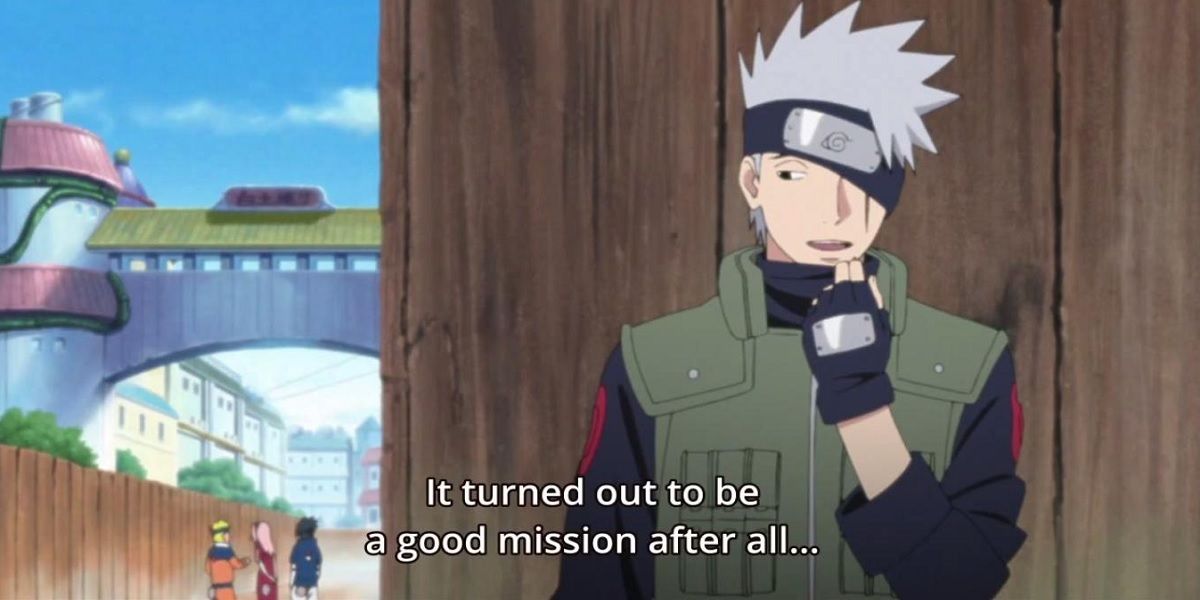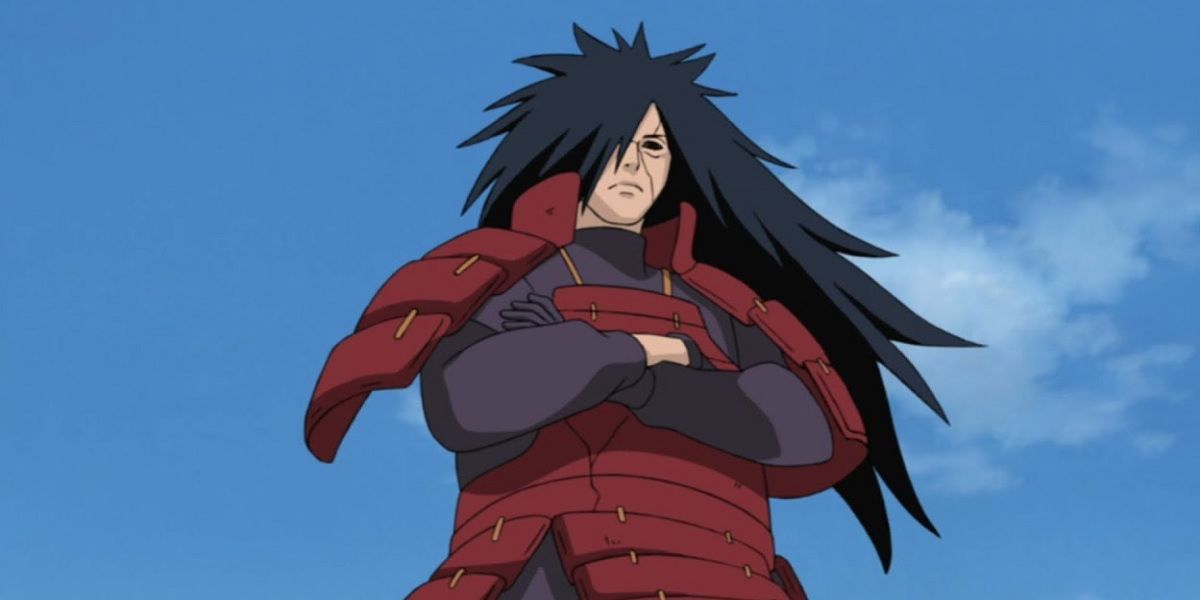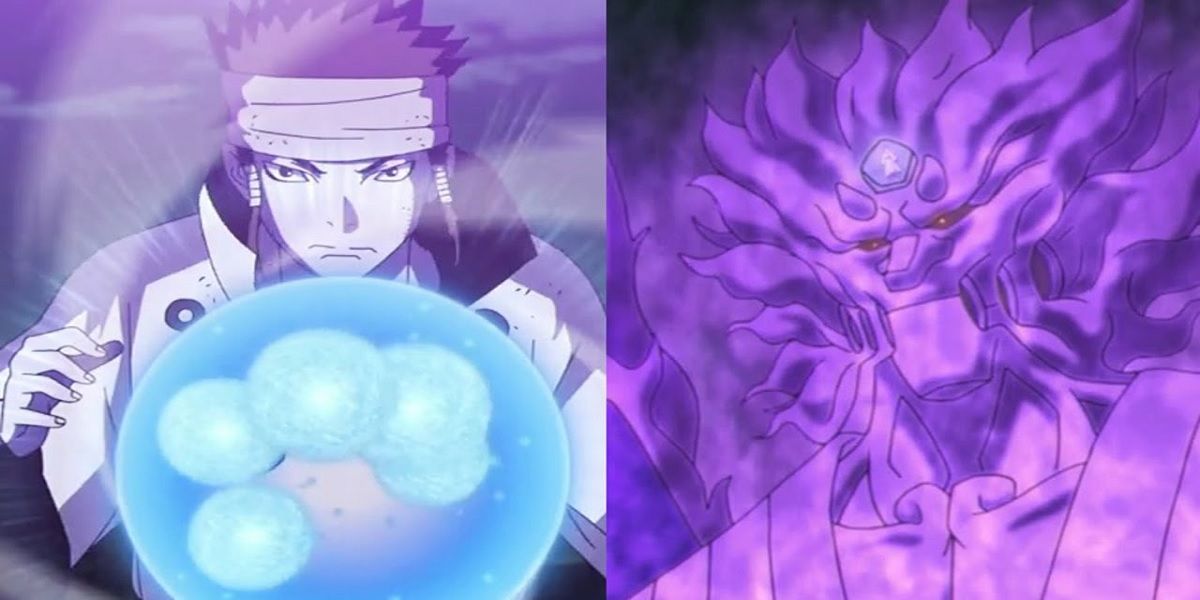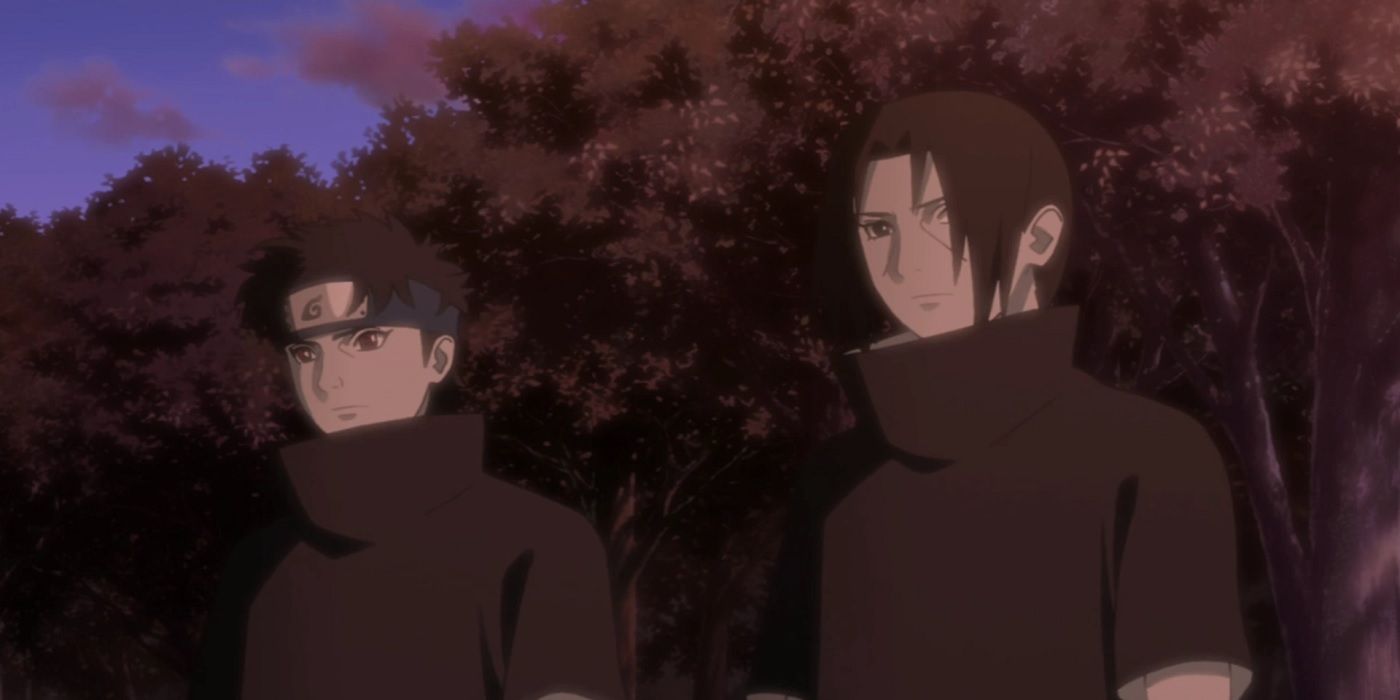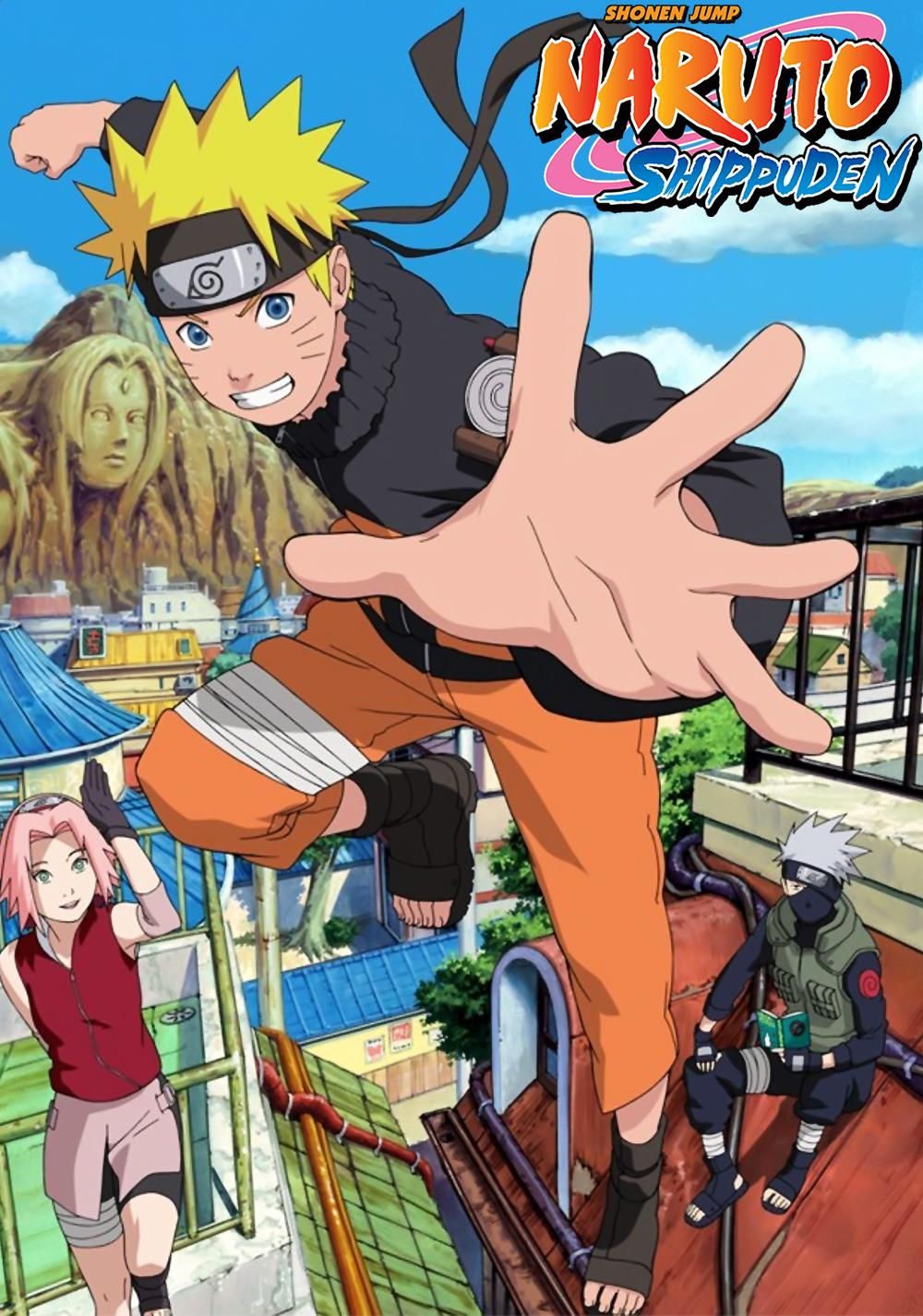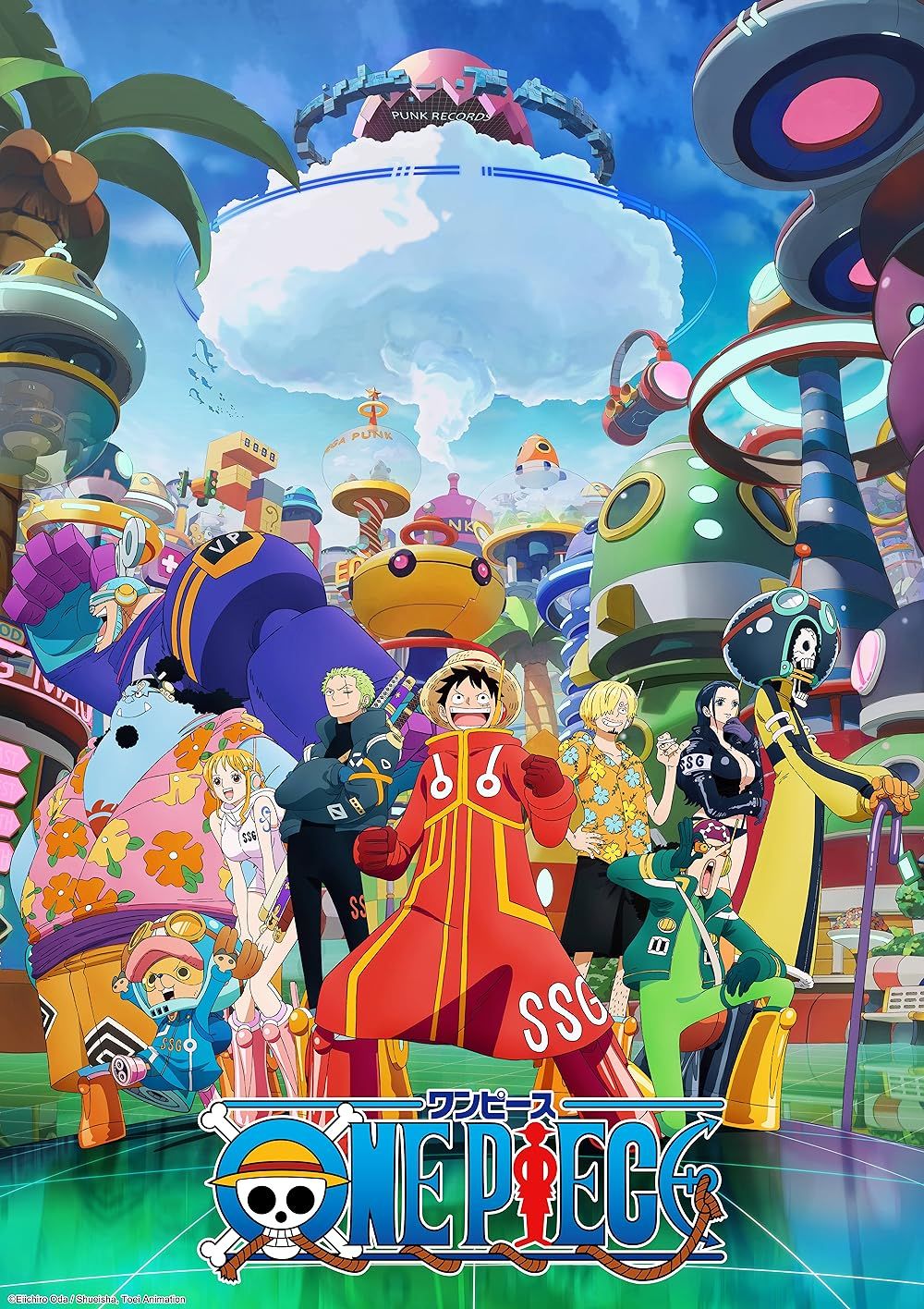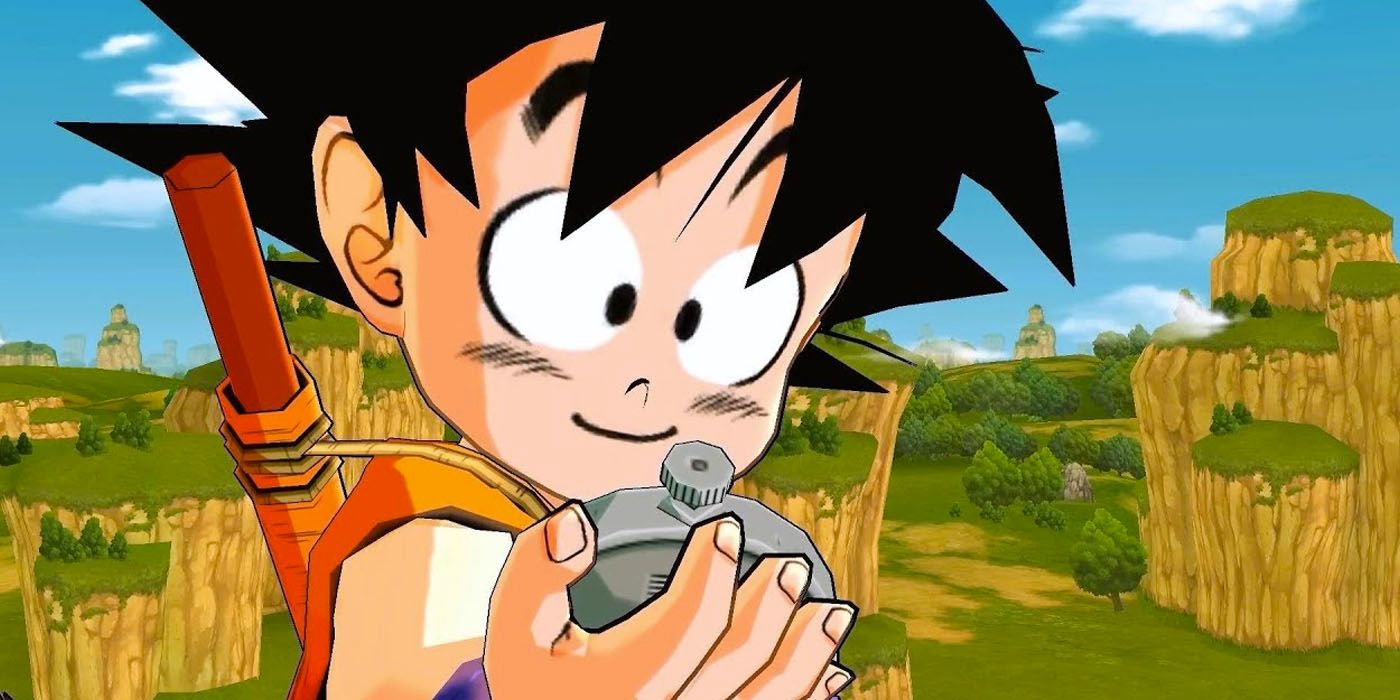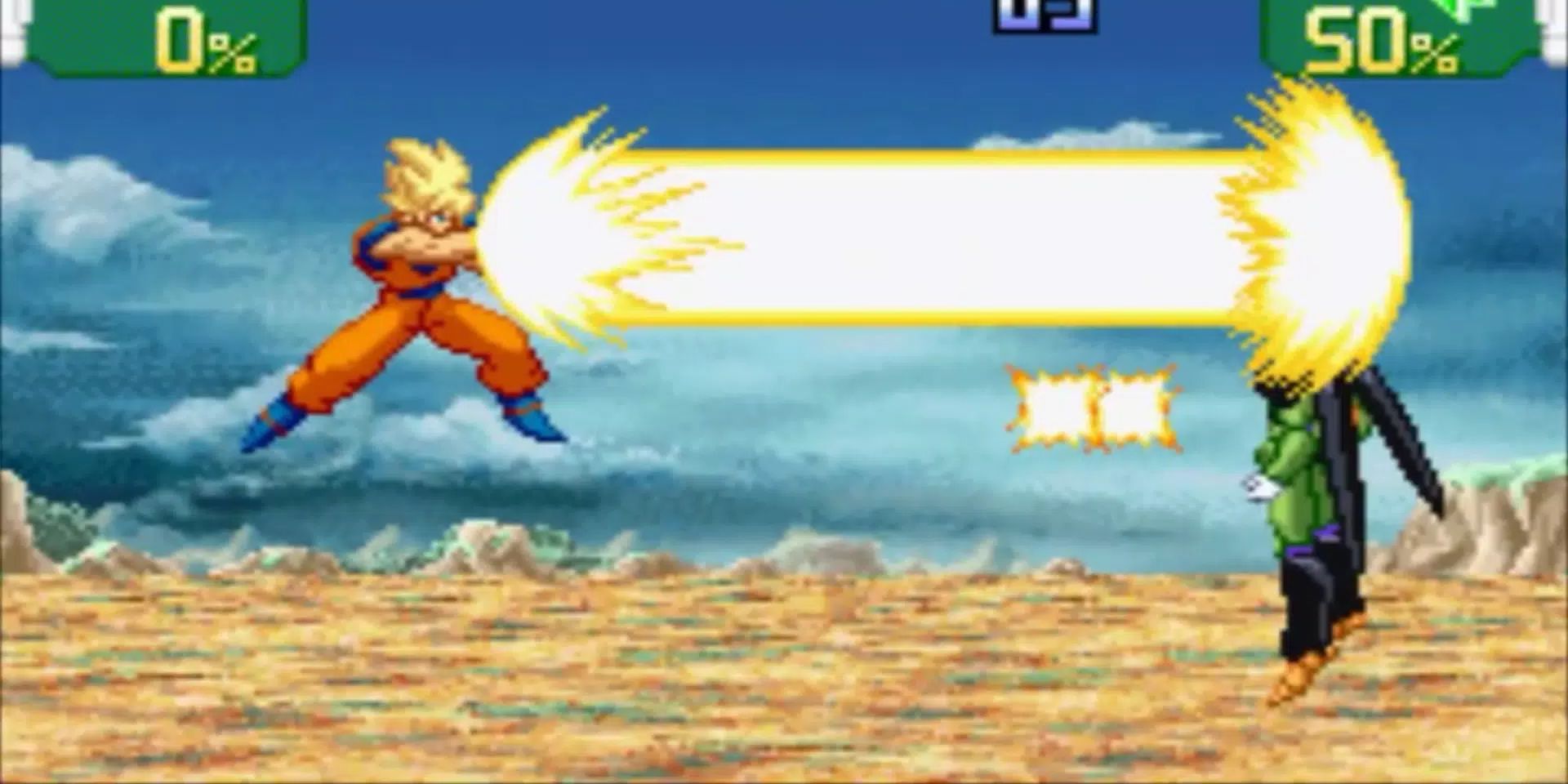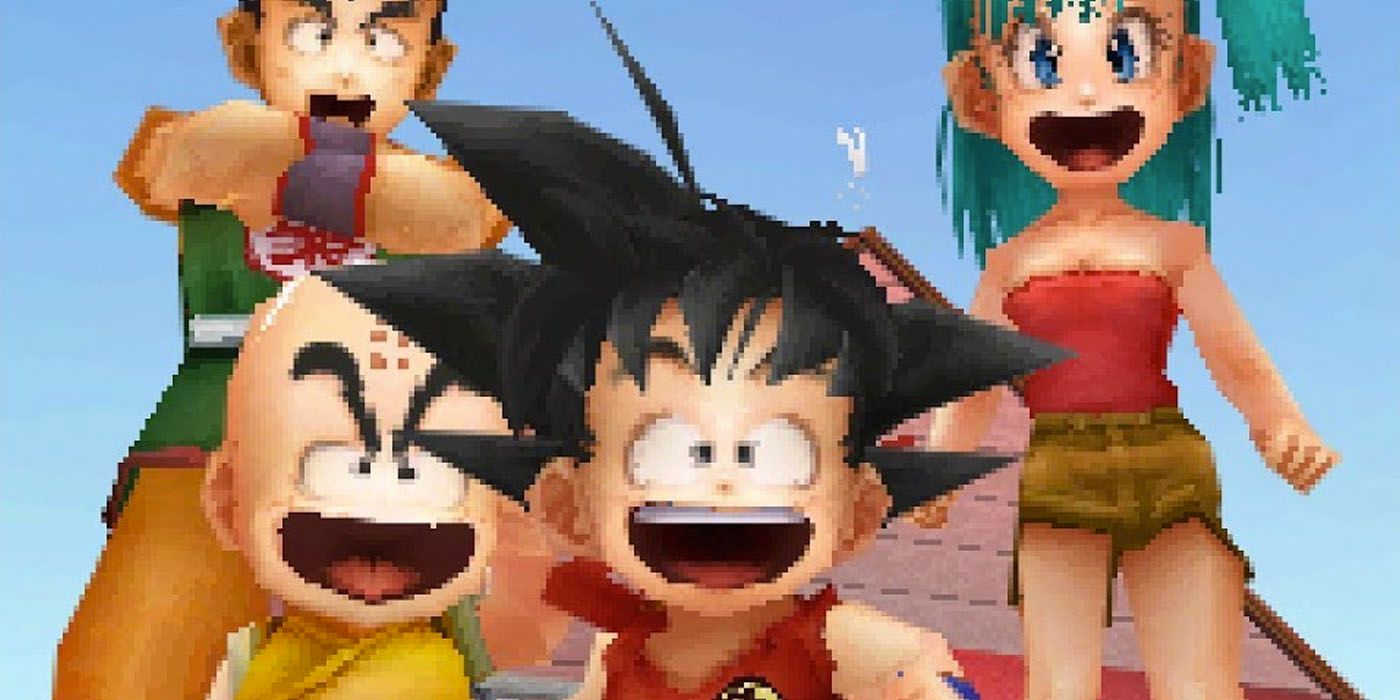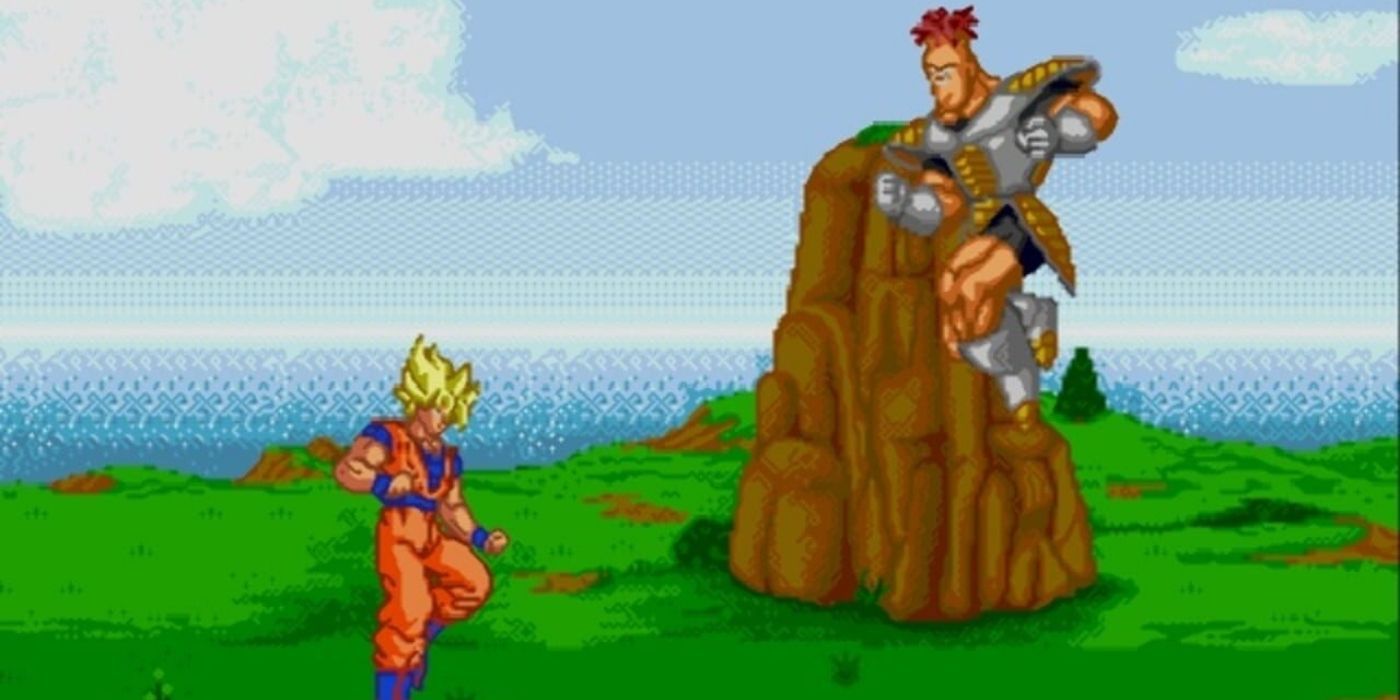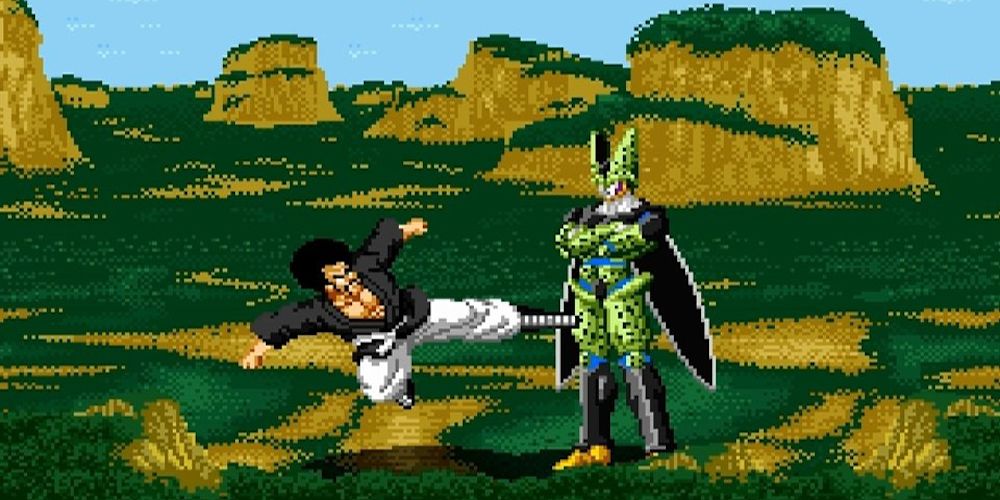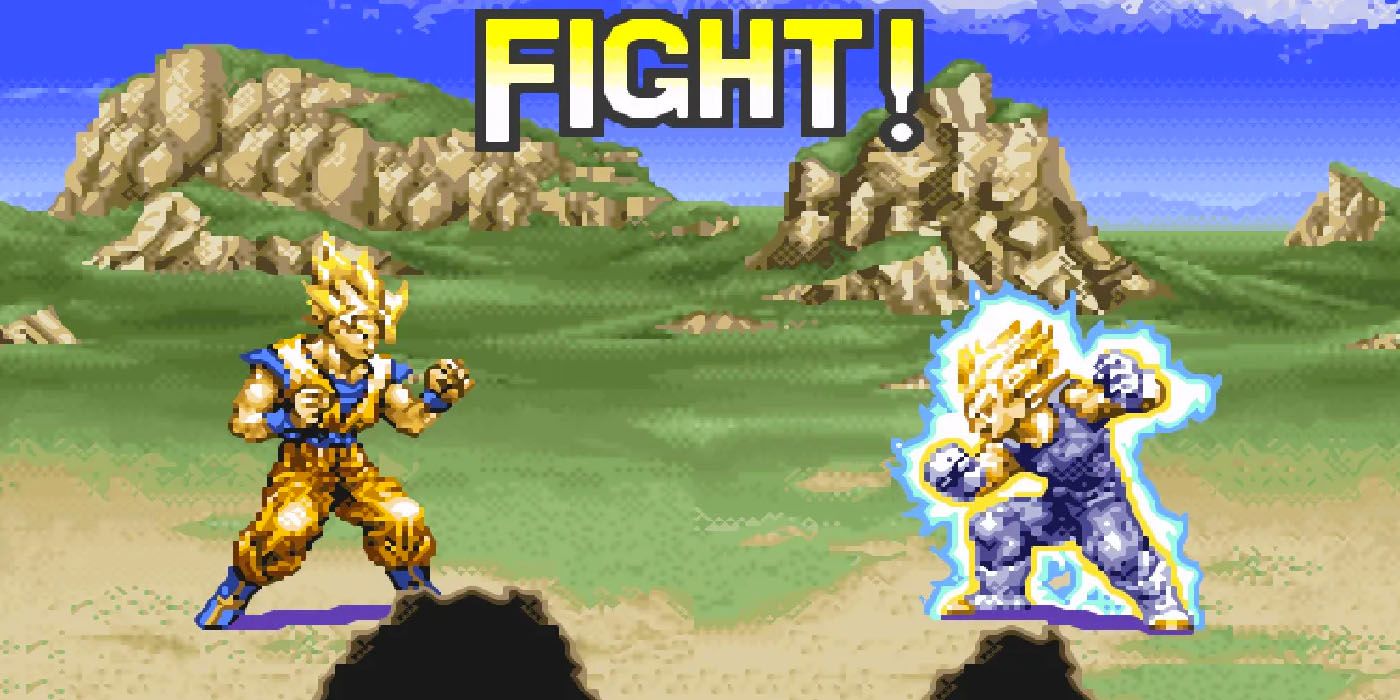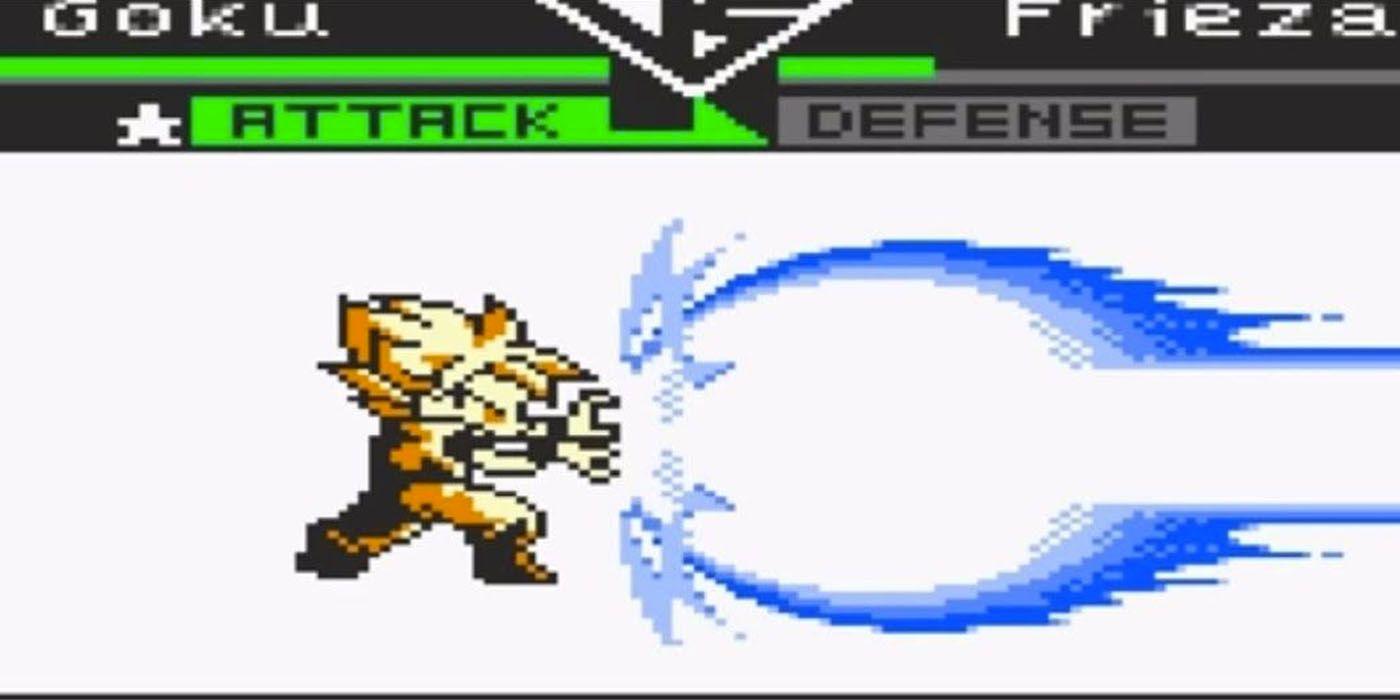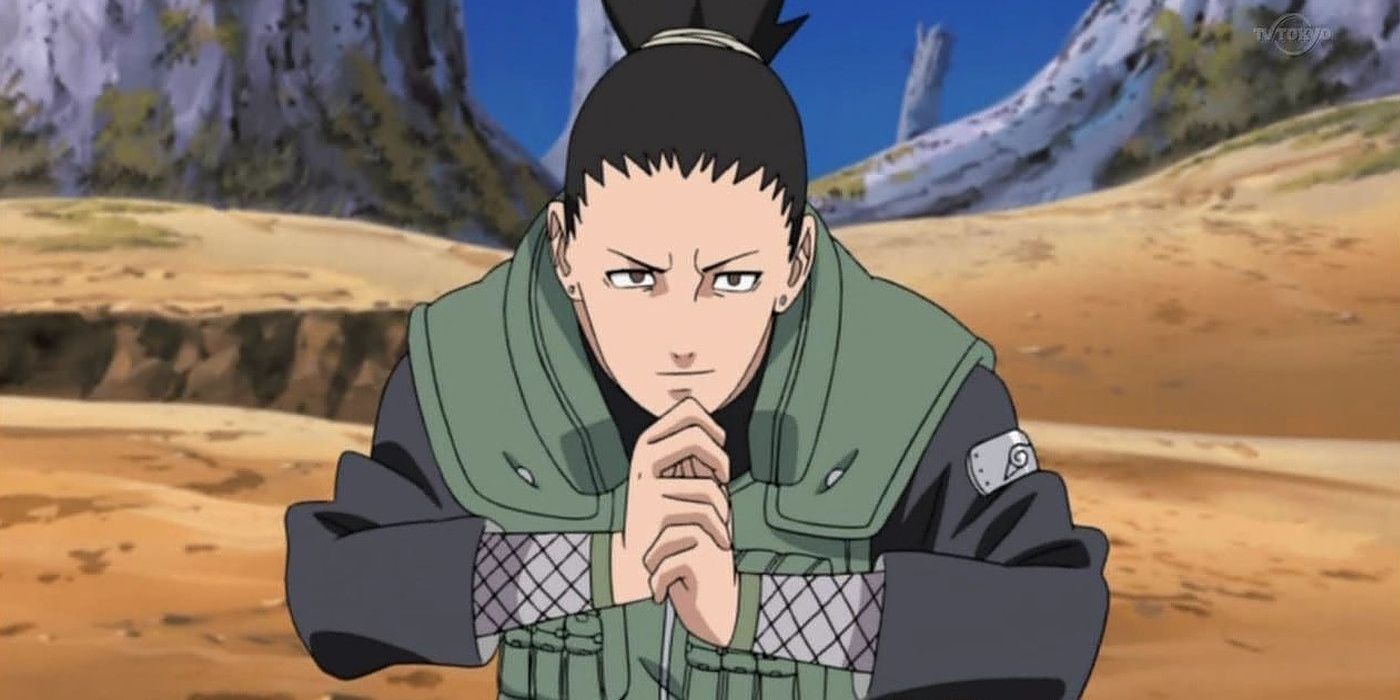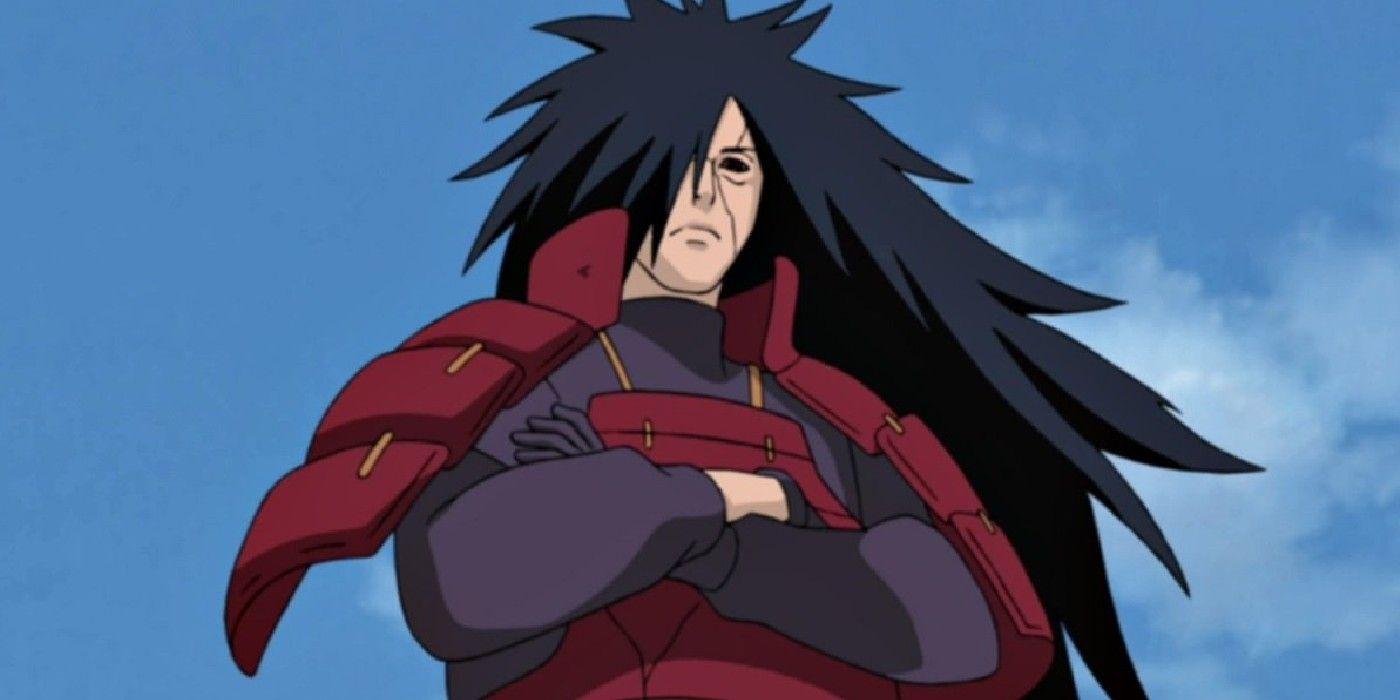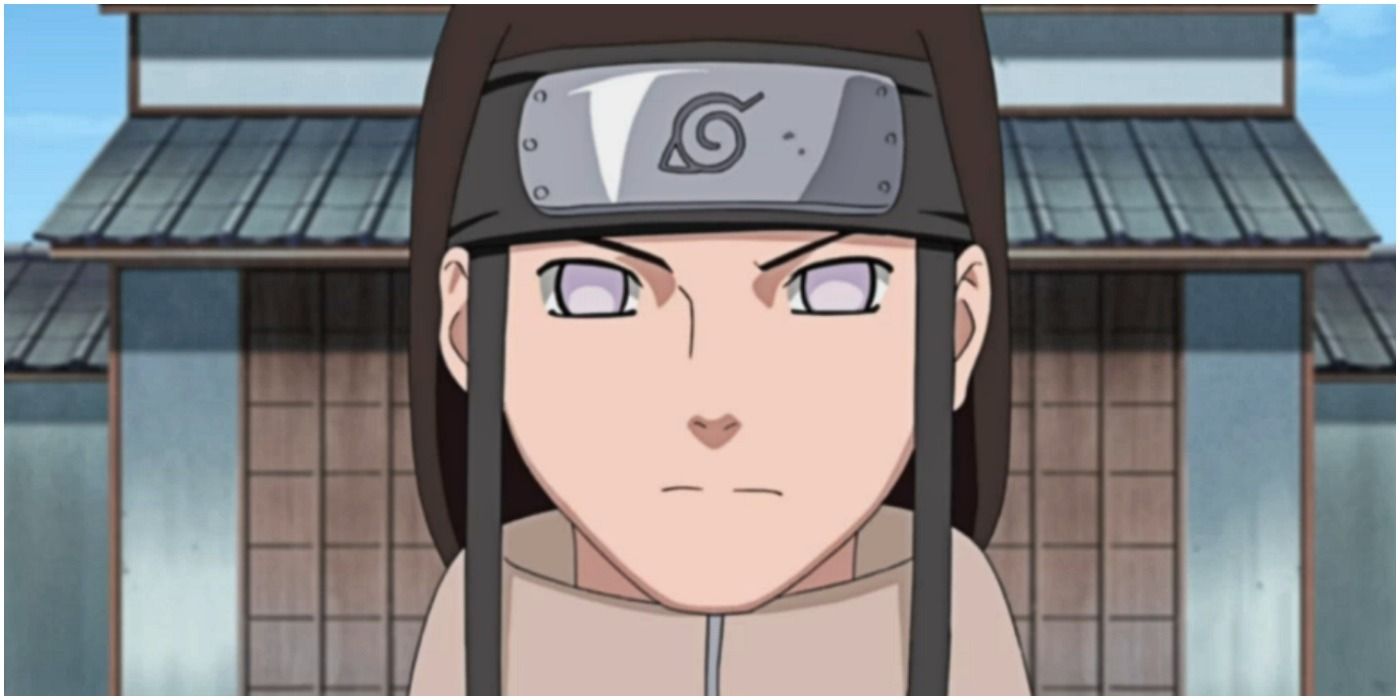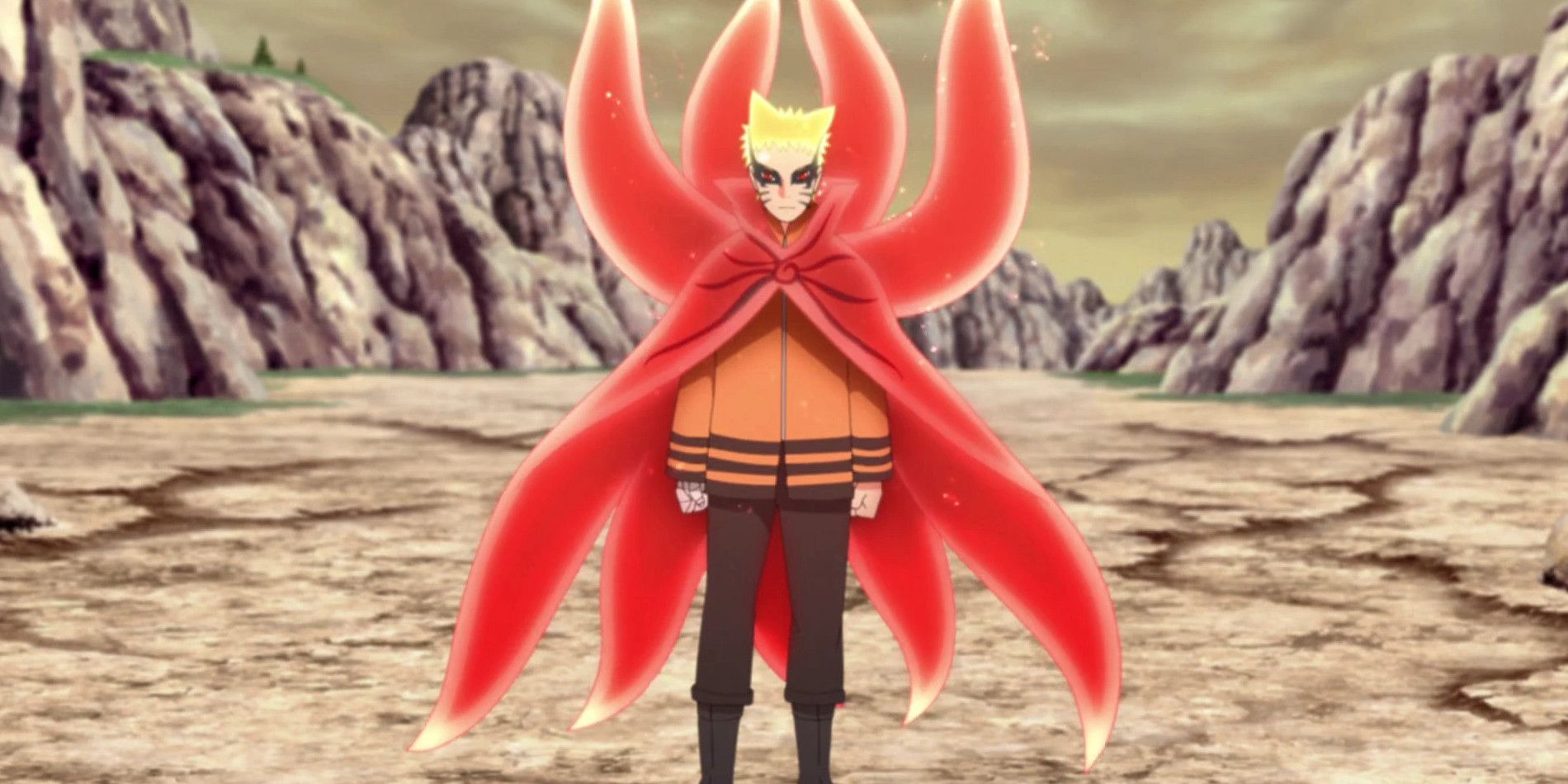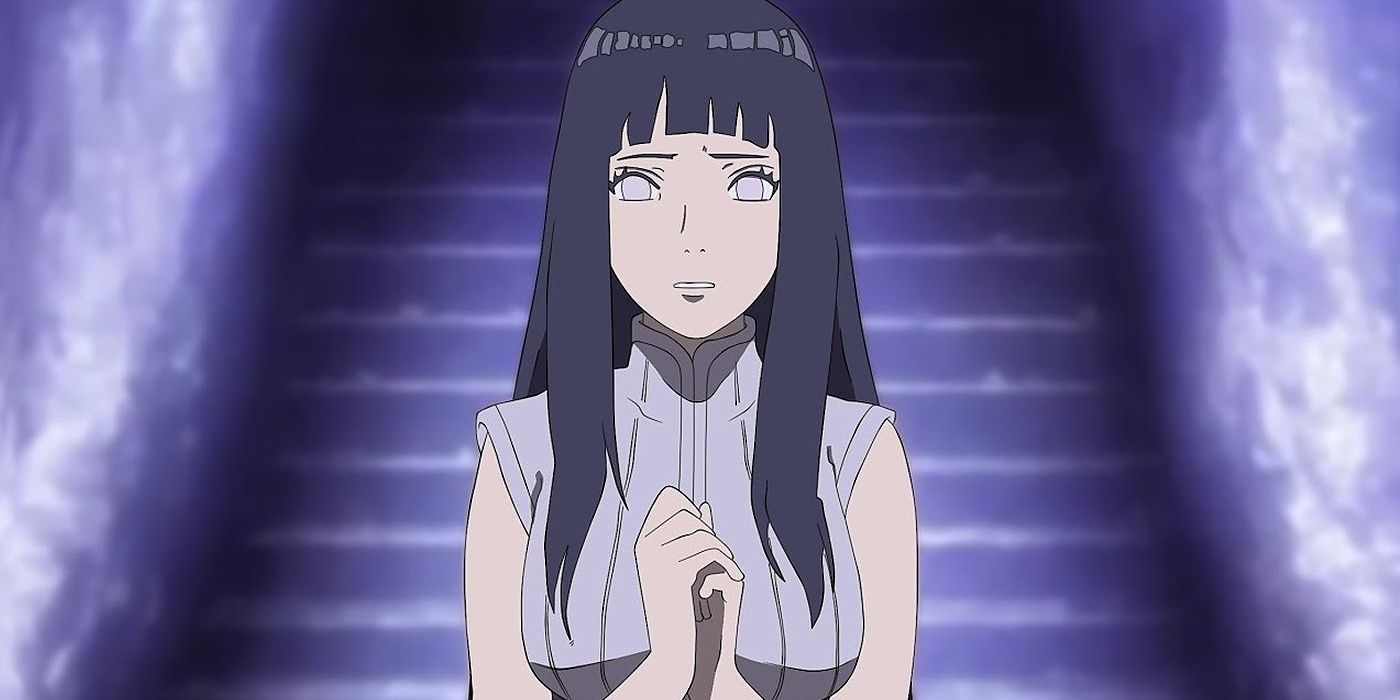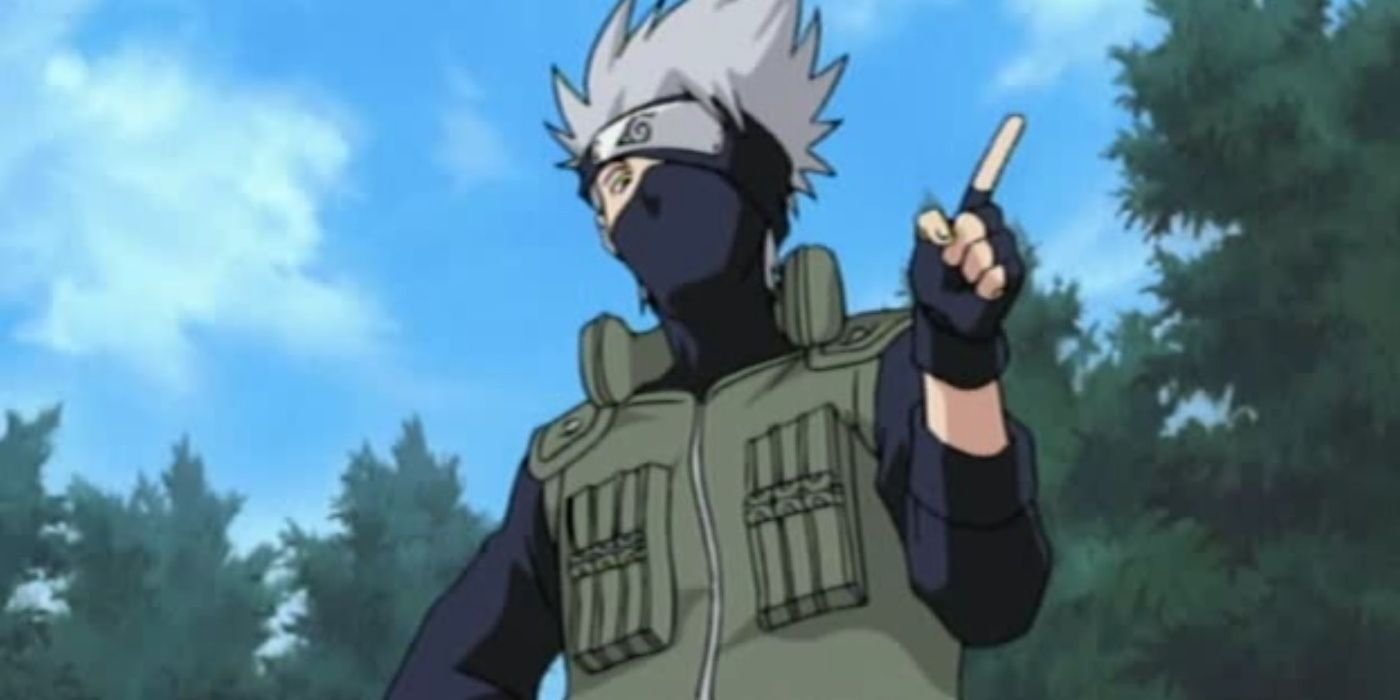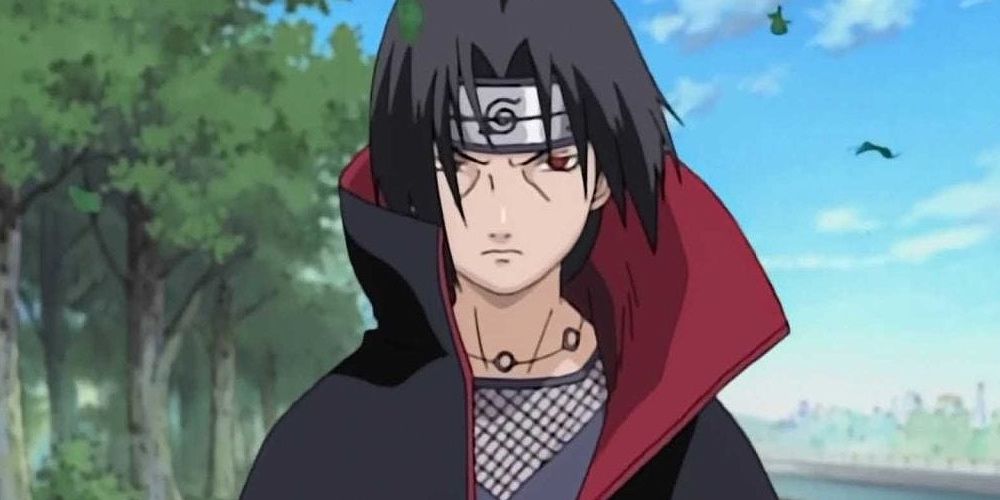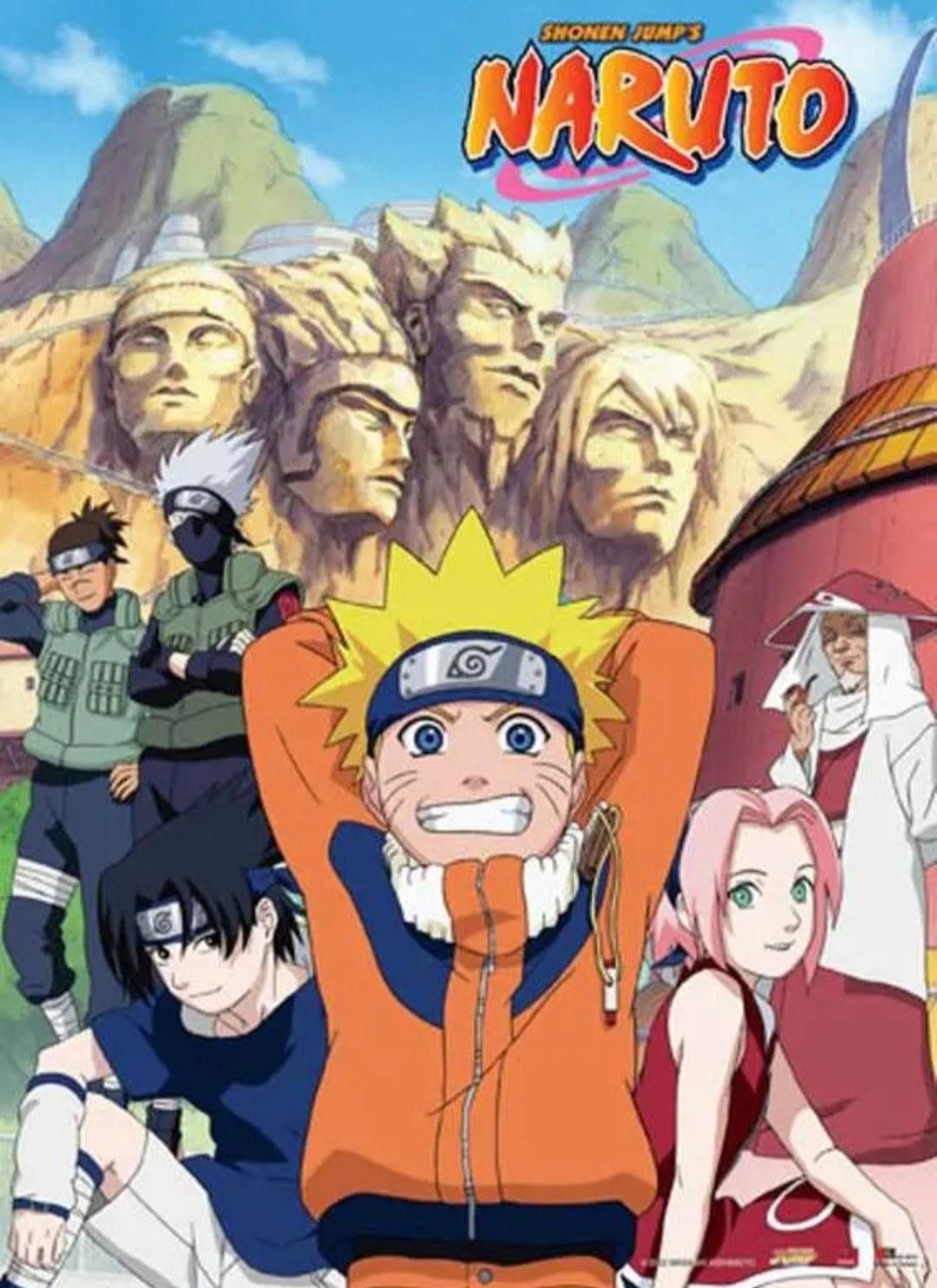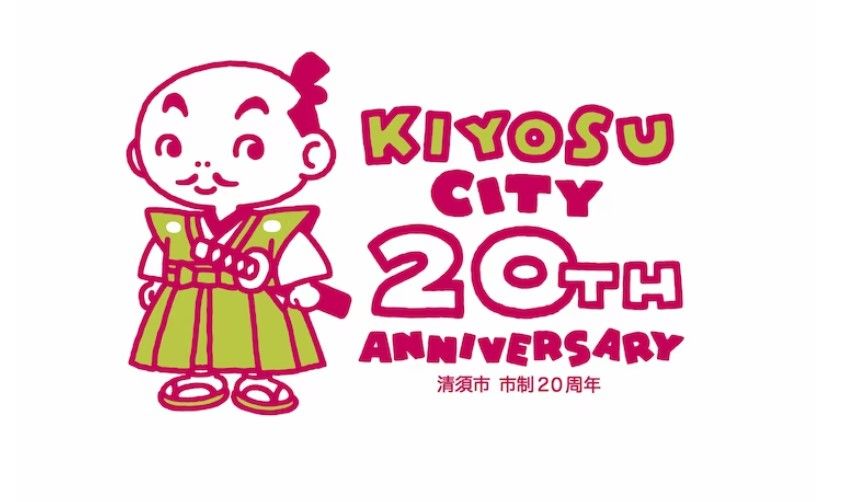By now, almost everyone in the anime fandom knows at least the basics of the My Hero Academia anime, based on author Kohei Horikoshi's shonen manga of the same name. My Hero Academia is set in a wild future where everyone has superpowered Quirks, and the "academia" comes from the fact that protagonist Izuku Midoriya/Deku is a student at UA High School for heroes. The main story is still going strong with six anime seasons complete and the seventh My Hero Academia anime season right around the corner, but what about the movies?
Like many of its anime peers, such as Demon Slayer and Jujutsu Kaisen, the My Hero Academia anime has tie-in movies to expand the adventure even more. None of the My Hero Academia movies are absolutely essential to watch, but they are all well-regarded by the fandom and add some remarkable depth to the story, including new characters, Quirks, and themes to dig into. Any new or veteran My Hero Academia anime fan is encouraged to explore these tie-in movies and see what they can offer for fans.
My Hero Academia: Two Heroes is a Decent Tie-In Movie With Some Standout Characters
The first tie-in My Hero Academia movie, Two Heroes, might be the weakest of the three MHA movies so far, but it still holds up as a worthwhile watch for any fan of the franchise overall. In many ways, it's the same as older anime movies, which feel like obligatory spinoff adventures to give fans more of what they like and keep the franchise running on full steam. The main difference is that the three My Hero Academia movies are all canon, even if they feel like total spinoffs, which helps them feel more relevant and worthwhile. Thus, all the movies, starting with Two Heroes, have real contributions to make to the franchise and aren't just indulgent what-if adventures to keep fans happy between seasons.
The Two Heroes movie takes place fairly early in the story, since the symbol of peace, All Might, is still capable of using his muscle form and can fight with what remains of One For All in his body. More specifically, Two Heroes is set between the students-vs-teachers battles and the forest training camp arc with the Wild, Wild Pussycats. In the Two Heroes anime movie, protagonist Deku and a handful of his class 1-A friends end up on a high-tech artificial island known as I-Island, a place that Deku had been looking forward to visiting. There, he will briefly see new pro heroes, including a Godzilla hero in an Elvis Presley getup, and then he will meet the story's best Quirkless character, Melissa Shield.
Melissa is one of the best parts of My Hero Academia: Two Heroes since she represents the apex of the shrinking Quirkless population. She never felt bad about being Quirkless, and there's no evidence that she was bullied or mistreated about it, either. Instead, Melissa vowed to embrace science and technology to make support items for heroes, making her Mei Hatsume without the Zoom Quirk. Melissa is a hopeful, confident, and friendly person who gladly joins Deku and All Might on their quest to save I-Island from the villain Wolfram and his allies, and even if Melissa can't fight, she does help save the day in her own way. Much later in the My Hero Academia manga, Melissa Shield makes a brief cameo in the final fight, which is a major clue that the three My Hero Academia movies are indeed canon.
All Might, the Symbol of Peace himself, is the other main draw to My Hero Academia: Two Heroes. He isn't just Deku's defender and source of exposition in the movie; he is the co-lead. In this era of My Hero Academia, Deku still clings to All Might as a protector and coach, and it shows. A major plot development is All Might's escape from capture and his role in helping Deku defeat Wolfram in the final battle since it's a fight Deku cannot win alone. That fact sets Two Heroes apart from the next two movies, where Deku won't need a pro hero to bail him out of trouble. It's exciting to see Deku and All Might fighting Wolfram's final form side by side with One For All, but it also detracts from Deku's protagonist status. Fortunately, that will change as the movies and anime progress.
My Hero Academia: Heroes: Rising is an Excellent Ensemble Cast Adventure
The second My Hero Academia movie also takes place on a secluded island like Two Heroes, but otherwise, these two movies differ a great deal. This time, Deku has his entire class with him, not just a handful of friends, and there are no pro heroes around to support them. Class 1-A is reassured that Nabu Island is a peaceful place free of villains, and until the main antagonists arrive, that is indeed true. In this movie, the villain is a man named Nine, who wields the power of All For One and needs another Quirk to make his fighting style more sustainable. Thus, Nine arrives at Nabu Island and seeks out the Shimano family, ready to steal their Quirks to find a self-healing Quirk. With no pro heroes around to help, all of class 1-A must band together to face this incredible threat and save the day.
The overall My Hero Academia franchise is an ensemble adventure with a huge cast of heroes to follow, but in most story arcs, it's up to just a few major heroes to take the lead, while most of class 1-A and 1-B are sidelined. That led to some underdeveloped character arcs in the series, with Deku, Shoto, Ochaco, and Bakugo being the real stars; something similar happened in Two Heroes. By contrast, the Heroes: Rising movie really does juggle all of class 1-A and allows everyone to play a part, creating a true superhero team. Only a few times in the main anime does My Hero Academia go that far, such as class 1-A's battles in the provisional hero license exam and the battle against Gigantomachia in Season 6.
Plot-wise, Heroes: Rising doesn't accomplish that much, since Nine is defeated and totally written out of the story as the superfluous character he is. But even if Nine is just an excuse for more fight scenes, at least he enabled one of My Hero Academia's best and most iconic fights during Heroes: Rising's climax. In that movie, Deku couldn't defeat Nine alone in the final fight, so he broke new ground and actually shared One For All with Katsuki Bakugo, allowing the two rivals to use One For All at 100% and obliterate Nine once and for all. It's unlikely Bakugo will use One For All again, but the mere fact he did so proves what a trustworthy ally he is in Deku's eyes.
My Hero Academia: World Heroes Mission Dives Deeper Into the Meaning of Quirks and Humanity
The third and most recent tie-in movie, World Heroes Mission, ups the ante in a big way compared to Two Heroes and Heroes: Rising. While those first two missions focused on local and personal stakes, such as rescuing David Shield and protecting Nabu Island from Nine, the World Heroes Mission movie has global stakes, outdoing anything even the main anime has to offer. In My Hero Academia: World Heroes Mission, a villainous organization called Humarise is poised to strike; they're ready to use bombs in many different countries and wipe out all Quirk users. Humarise aims to restart humanity with no Quirks, viewing Quirks as a sickness to be cured from the human race. That "cure" comes at the price of 80% of the global population losing their lives.
It's up to a coalition of pro heroes and hero students to take down Humarise and disable those bombs in nations ranging from Japan and the United States to France and Singapore, but the real battle is fought between just three characters: Deku, Flect Turn, and Rody Soul. The latter is a new character and a civilian who lived as a rogue, but now, inspired by Deku, Rody Soul will help Deku confront Flect Turn and shut down his genocidal scheme before humanity faces its doom. Thus, World Heroes Mission not only has the greatest stakes out of all the movies but also the deepest themes. My Hero Academia isn't just a superhero adventure; it also asks serious questions about what would happen if almost everyone had X-Men-style powers and abilities. It wouldn't be fun — it would be confusing, chaotic, and challenging for all.
Already, the My Hero Academia anime has explored topics like the frequent discrimination against the Quirkless, the dreaded Quirk singularity, and the necessity of having villains in a society run by self-proclaimed pro heroes. The advent of Quirks changed everything for humanity ever since that glowing baby was born. While pro heroes fight to defend the innocent and uphold justice, the Quirk-based, hero-run society of tomorrow has serious systemic issues that no Detroit Smash can solve. World Heroes Mission dives deep into that thematic area. Is humanity actually twisted beyond recognition thanks to Quirks? Should the problematic existence of Quirks be eliminated, and at what price? What will the heroes say and do when disgruntled civilians reach critical mass about these systemic issues, resulting in the likes of Flect Turn and Humarise?
For now, World Heroes Mission is the most recent My Hero Academia tie-in movie and is set later in the story's chronology than the rest. That will soon change, with the fourth My Hero Academia movie on the horizon. Based on recent trailers, the story is about to go "dark," opening up some intriguing new possibilities about where this action-packed superhero adventure may go next.
